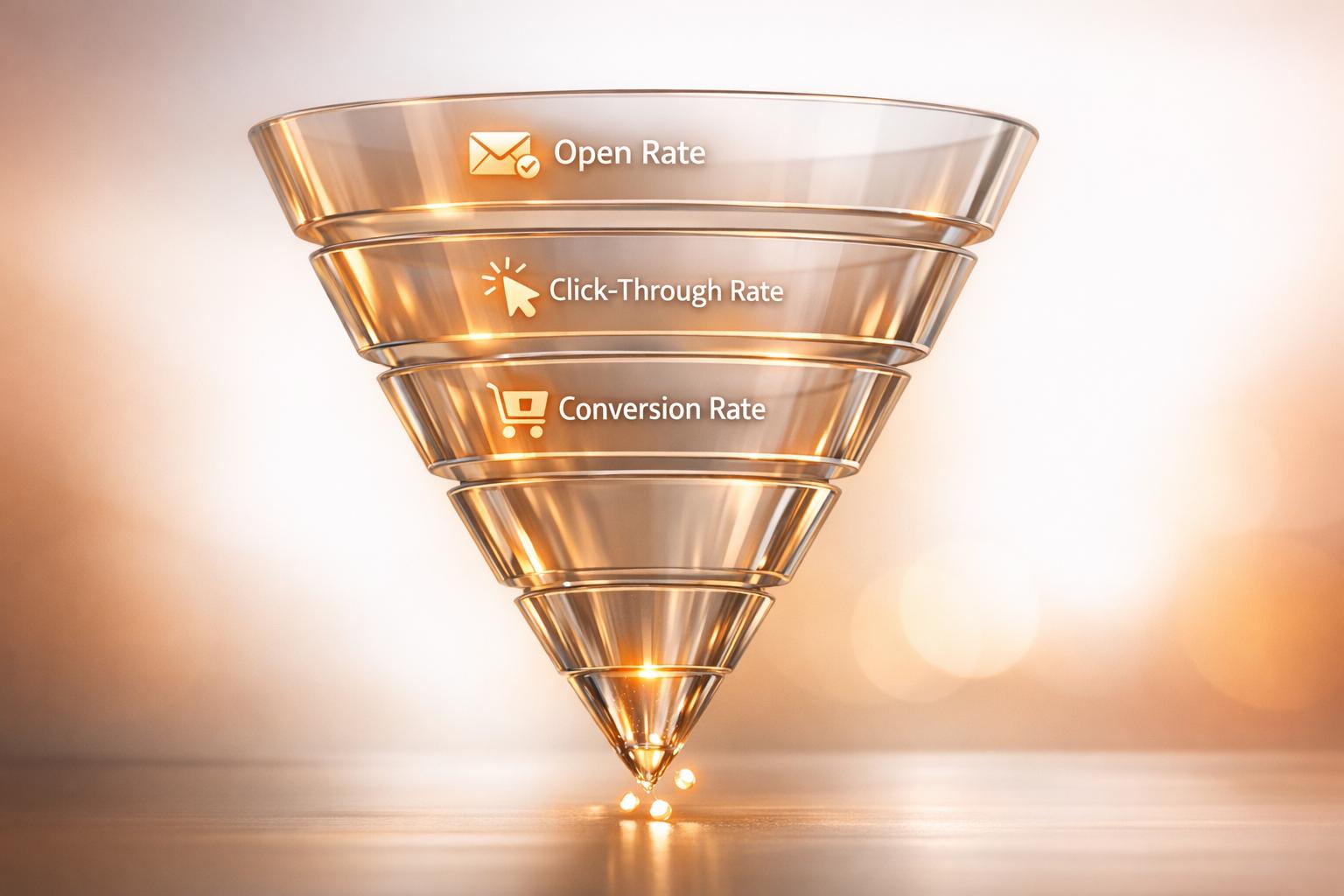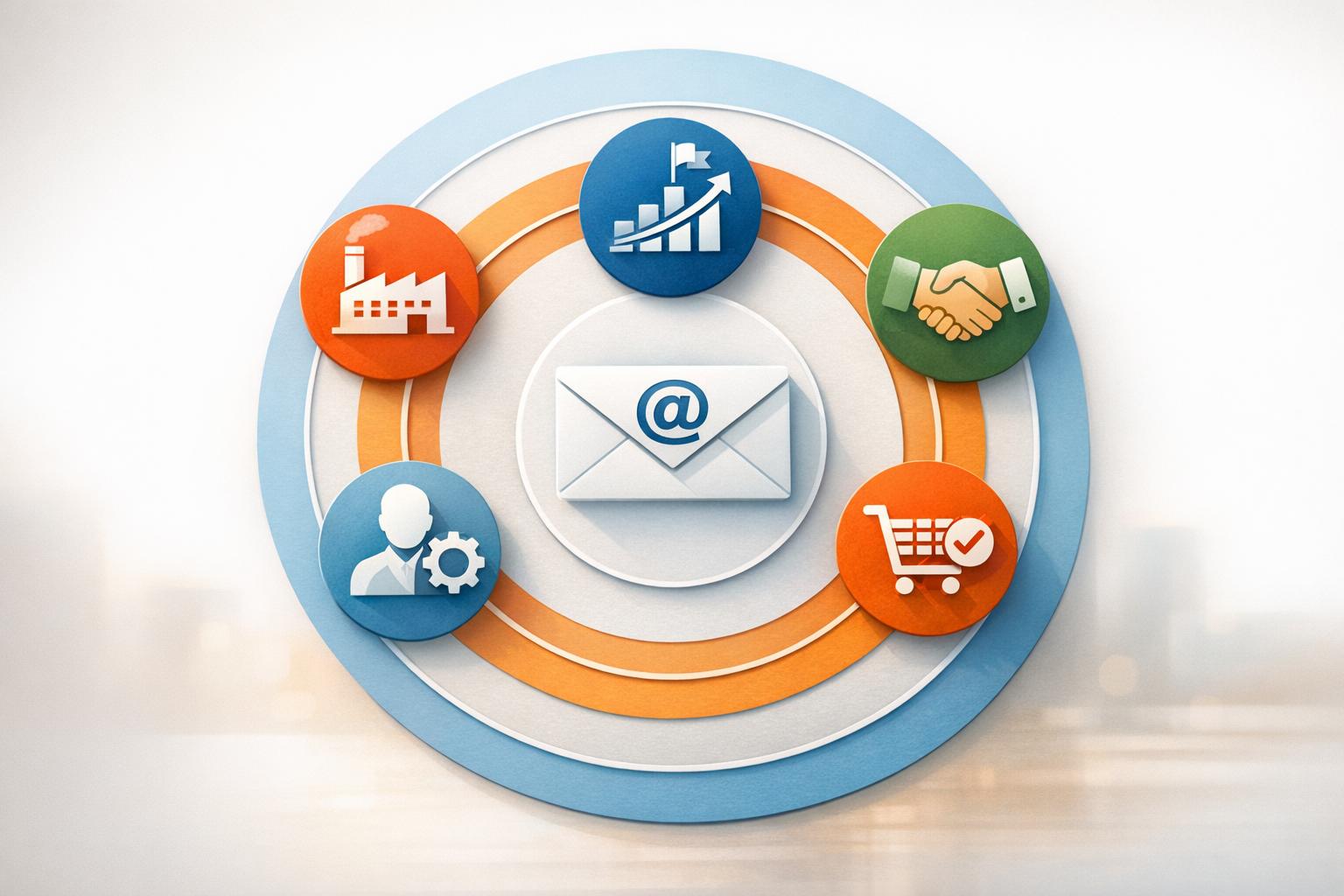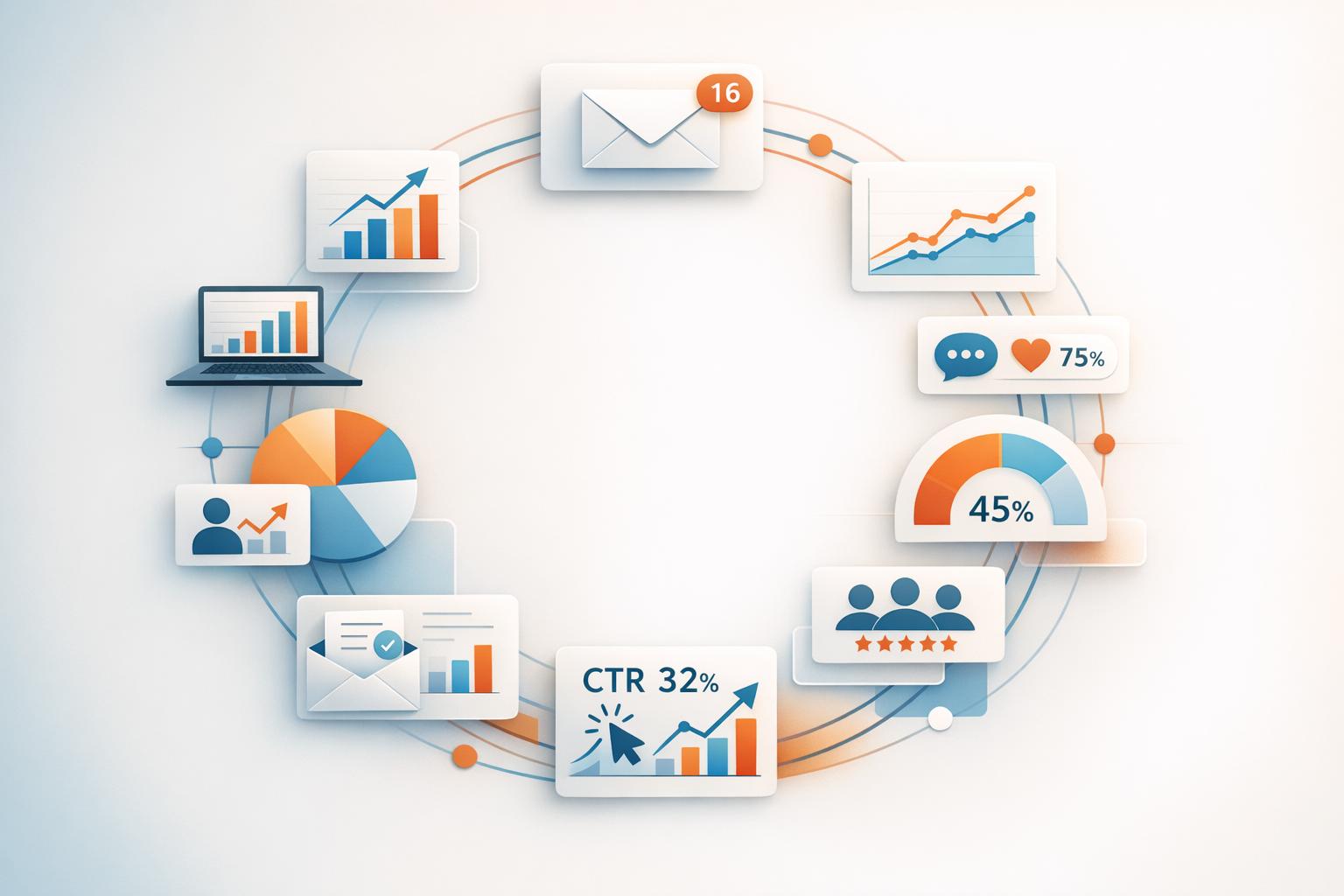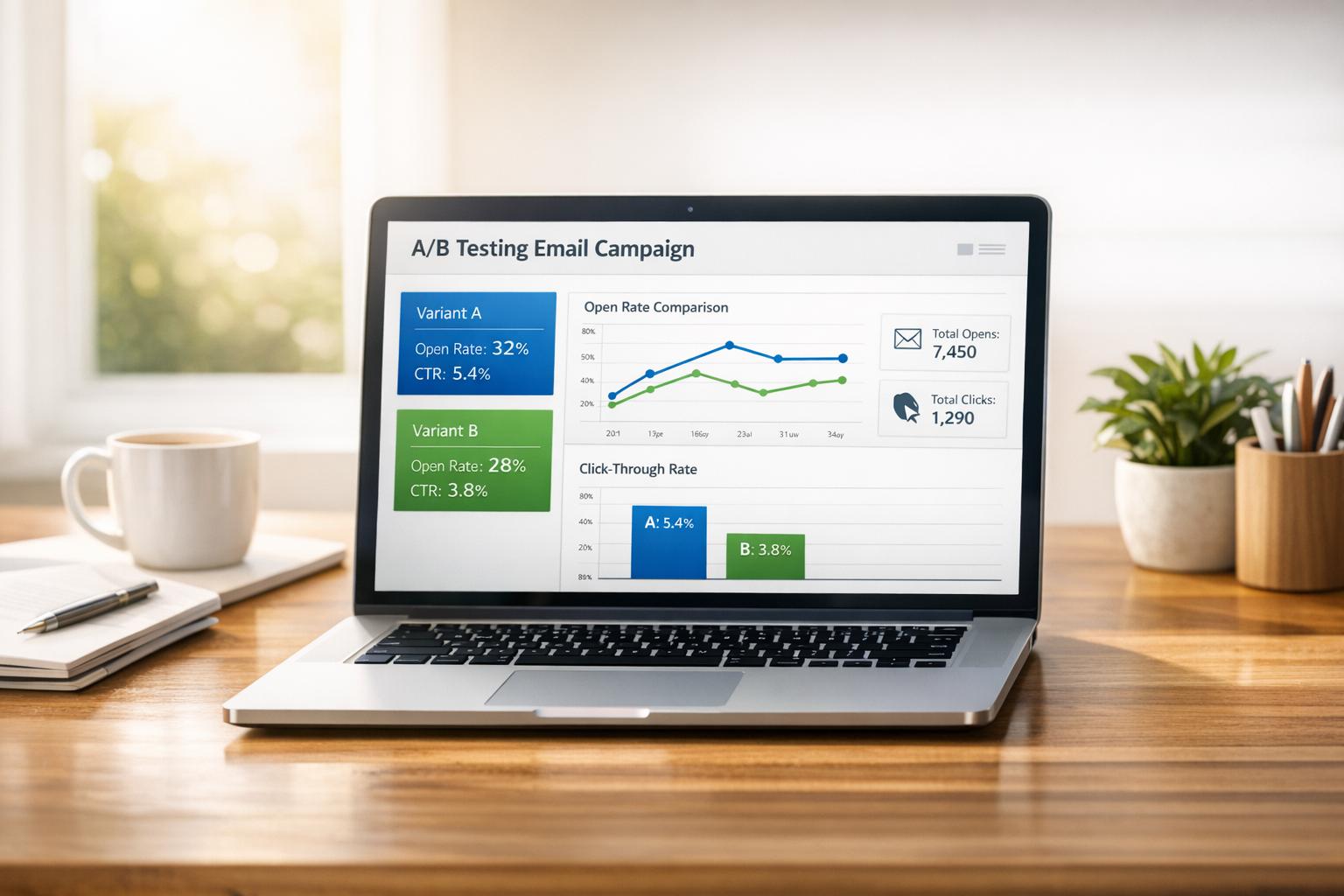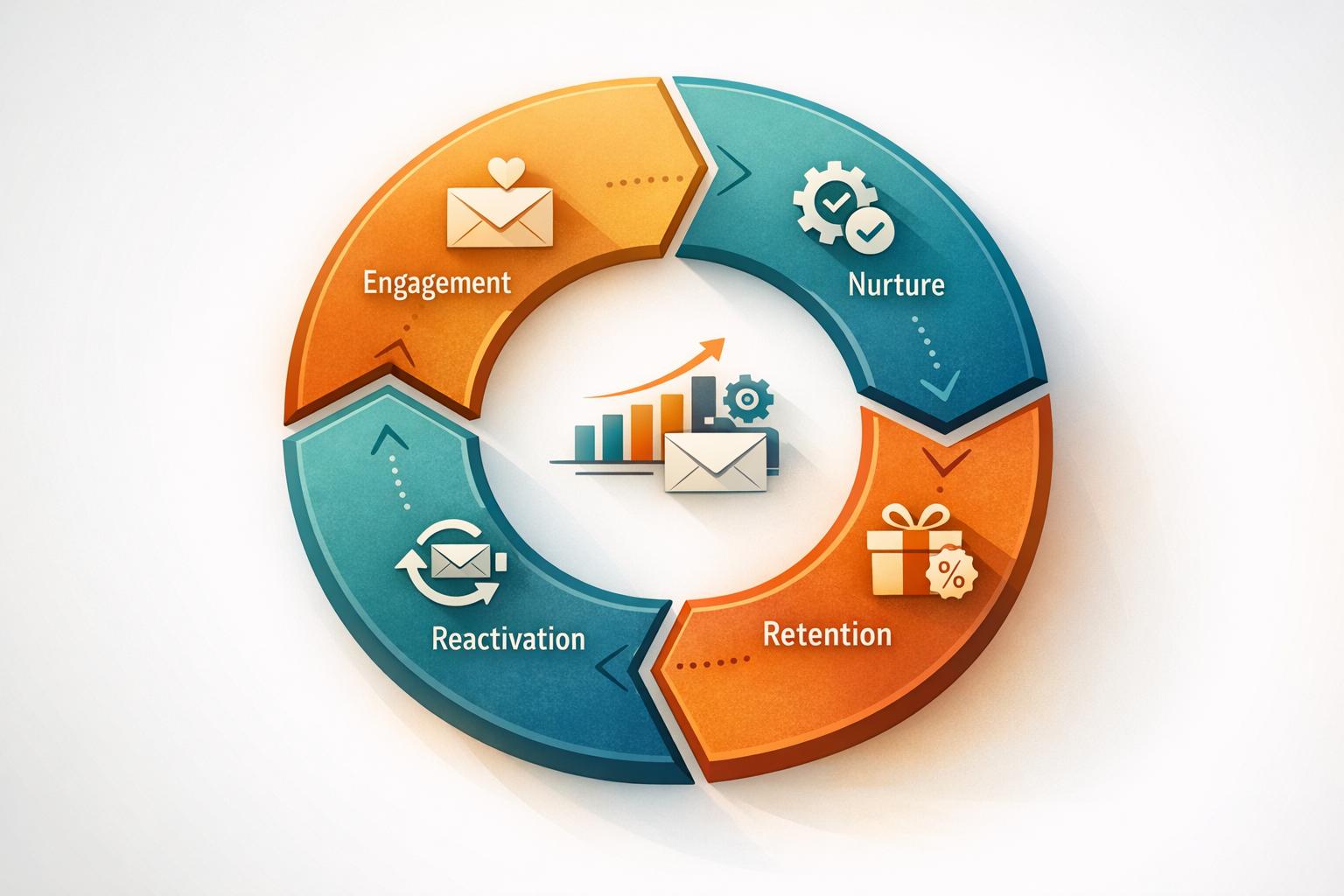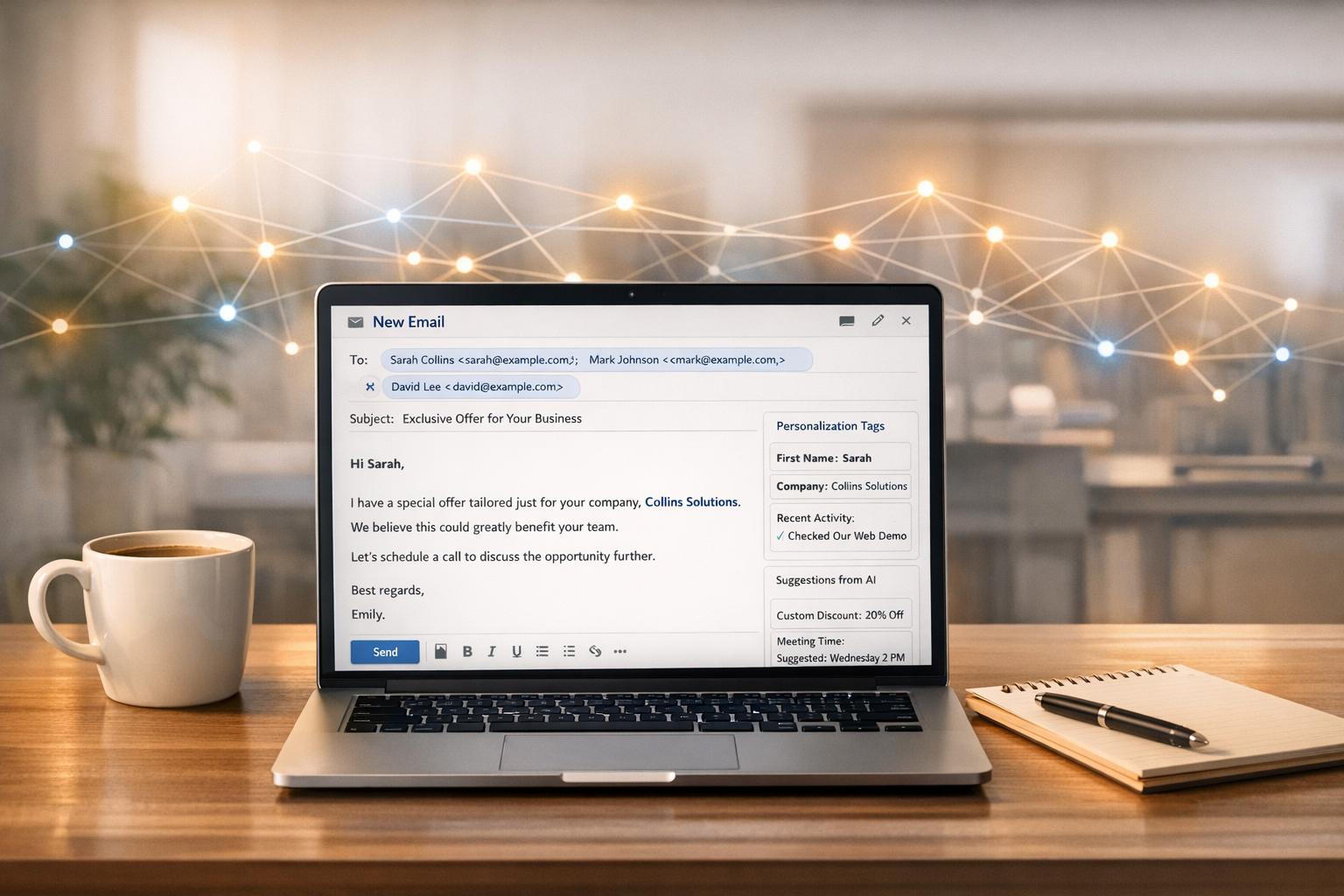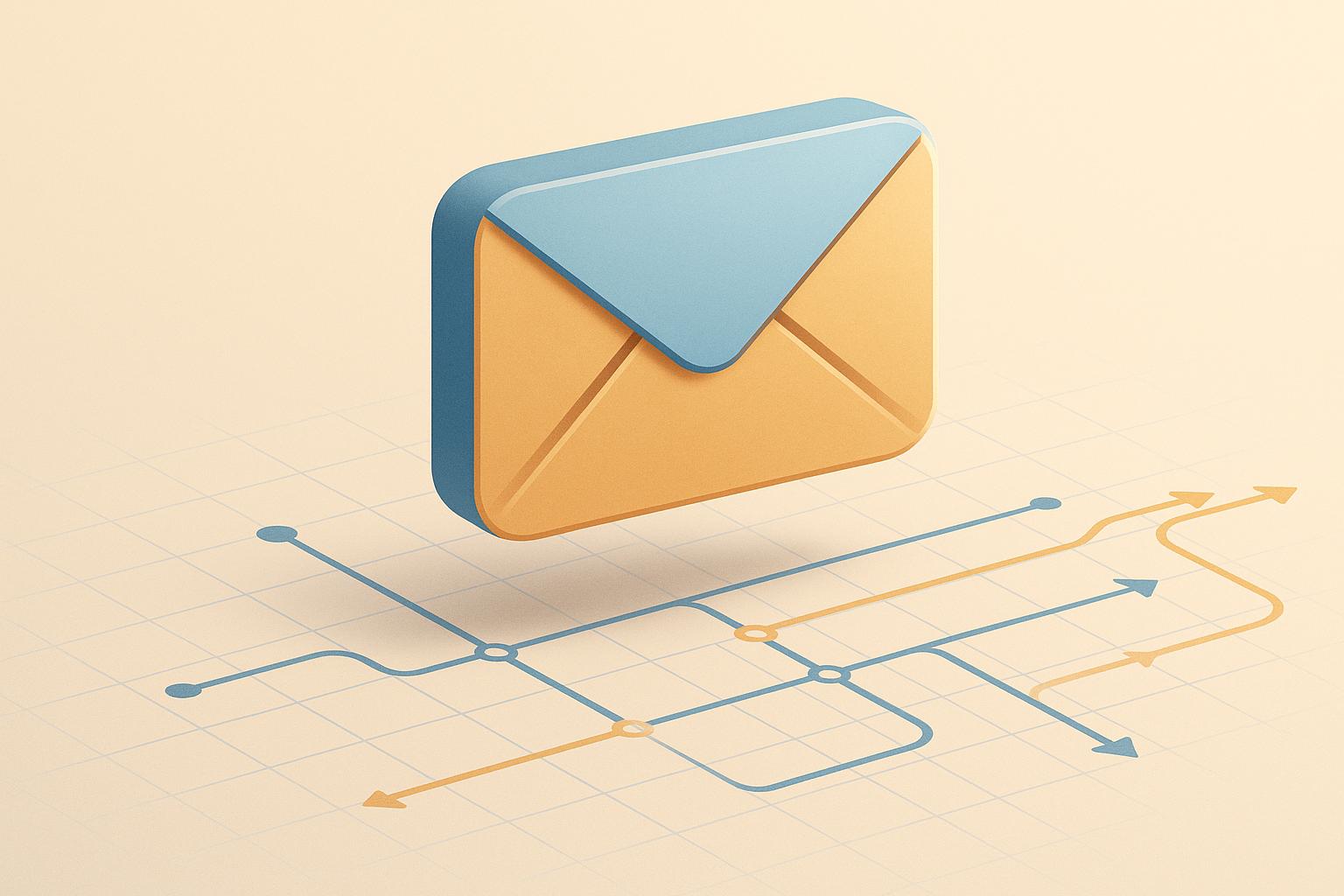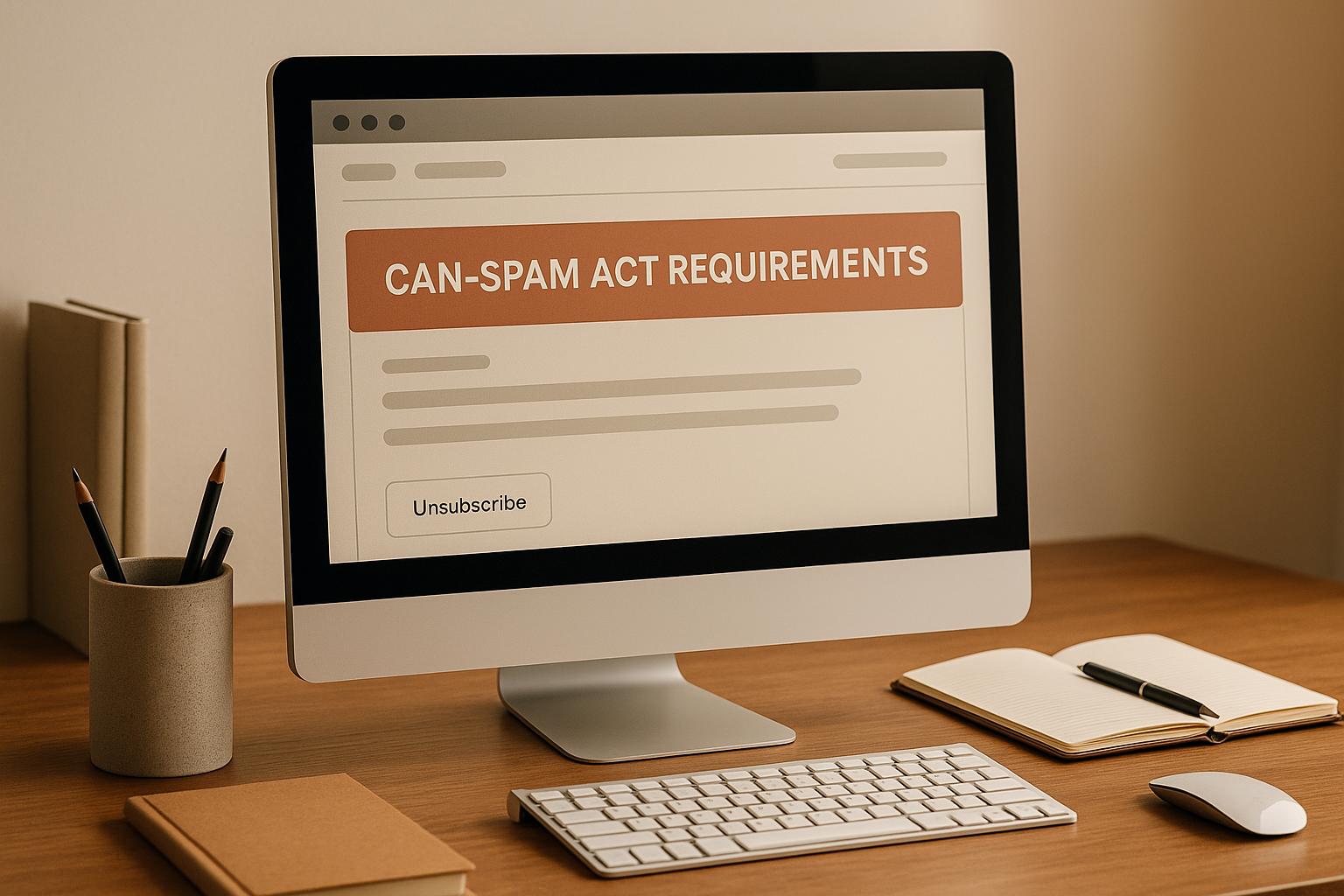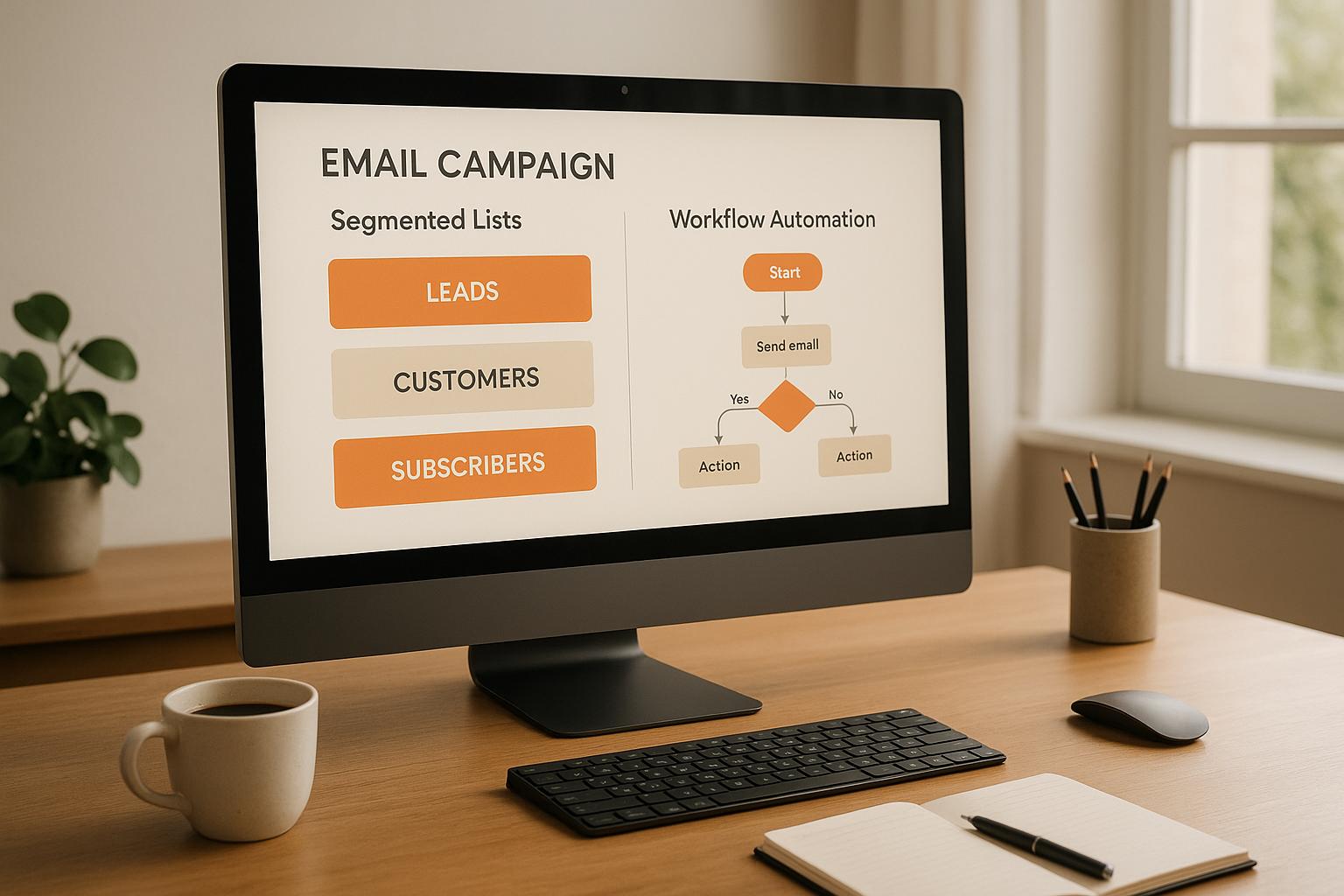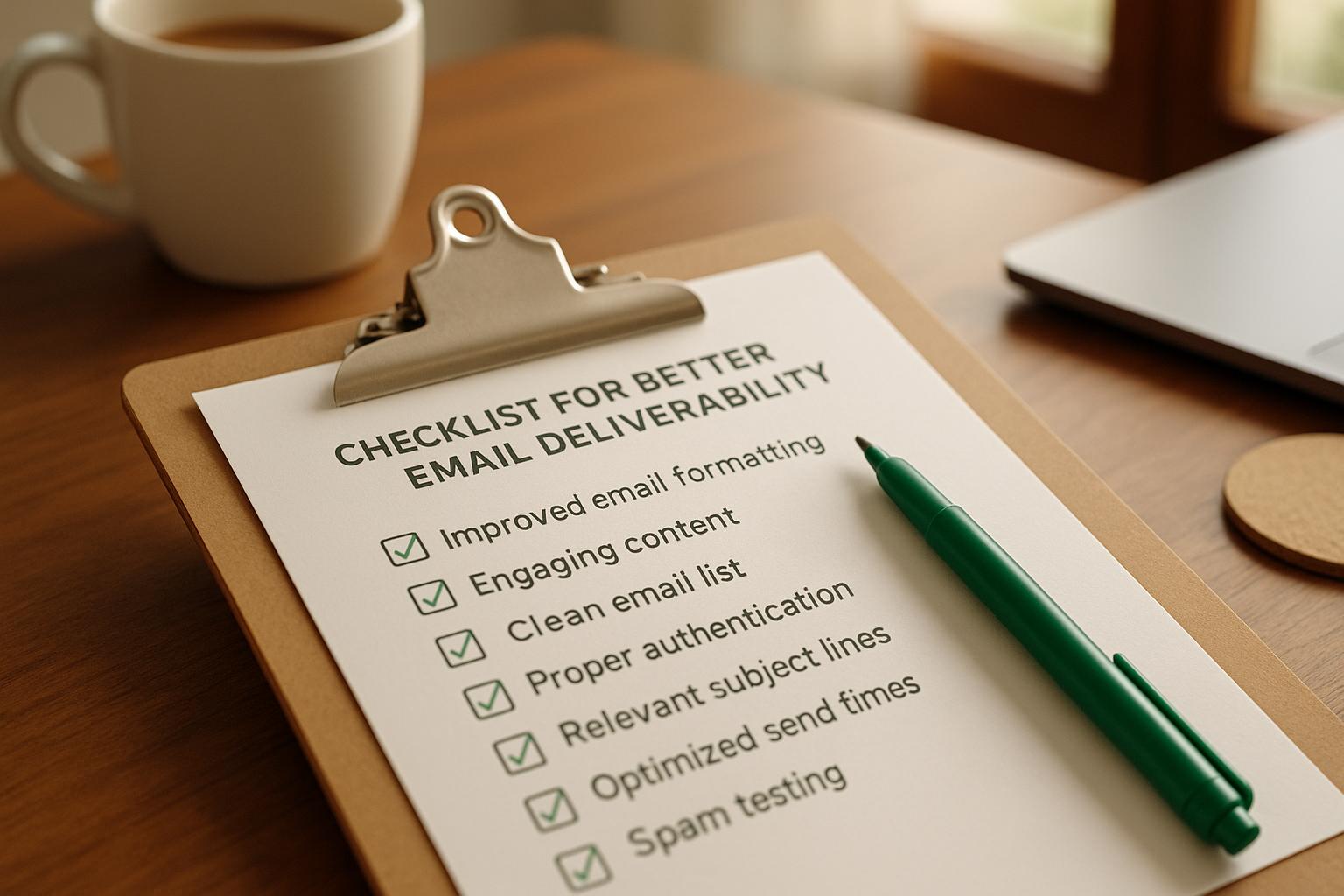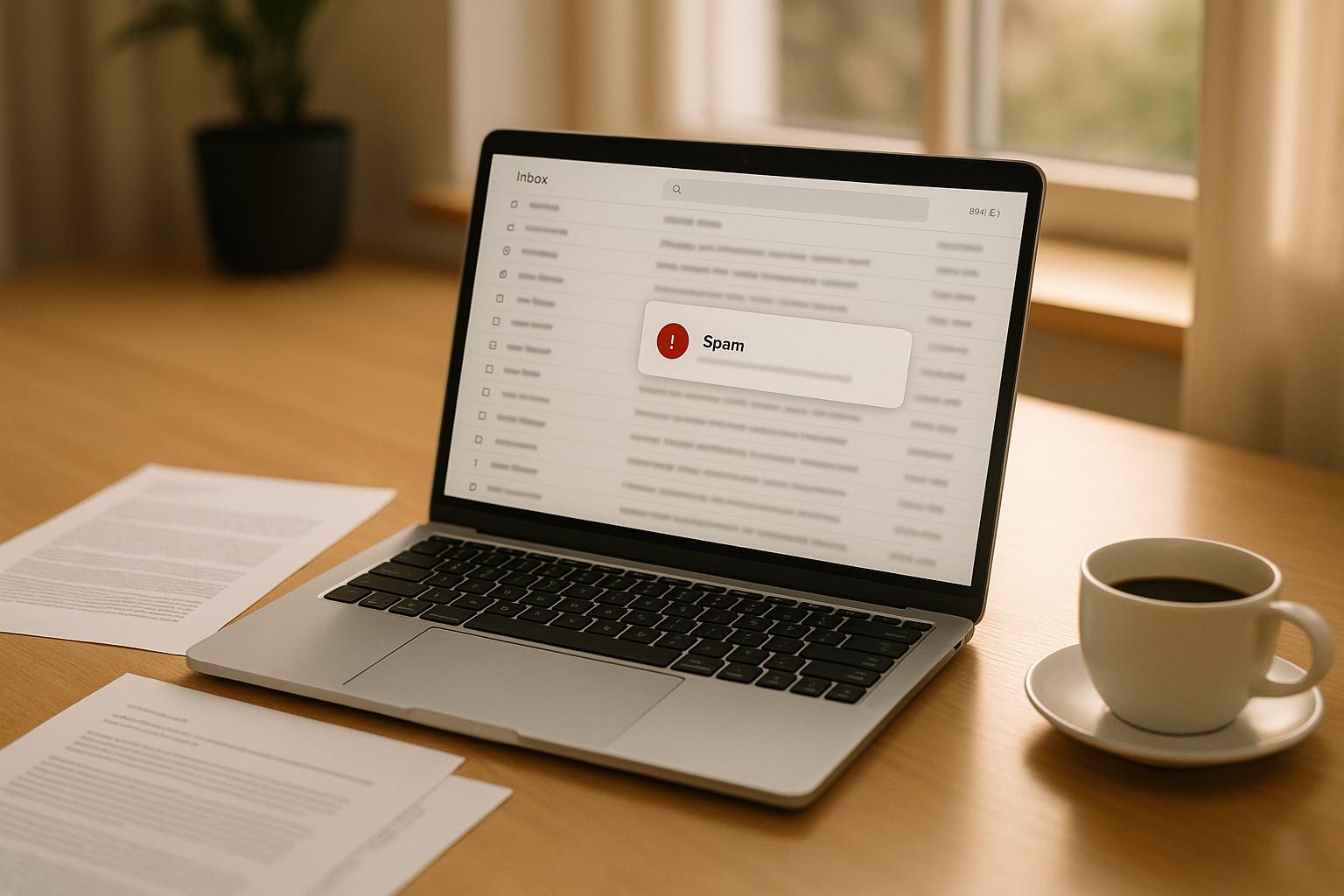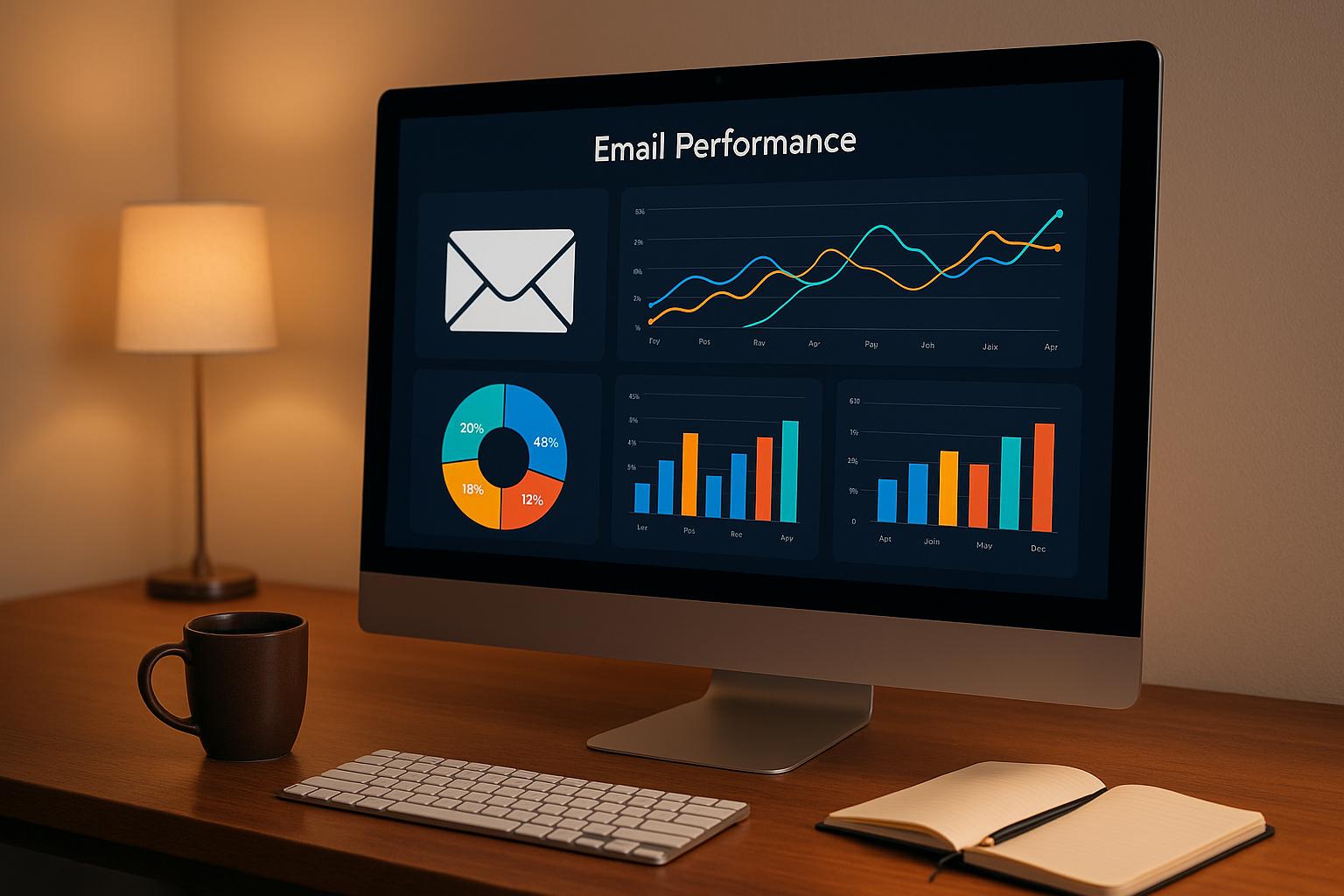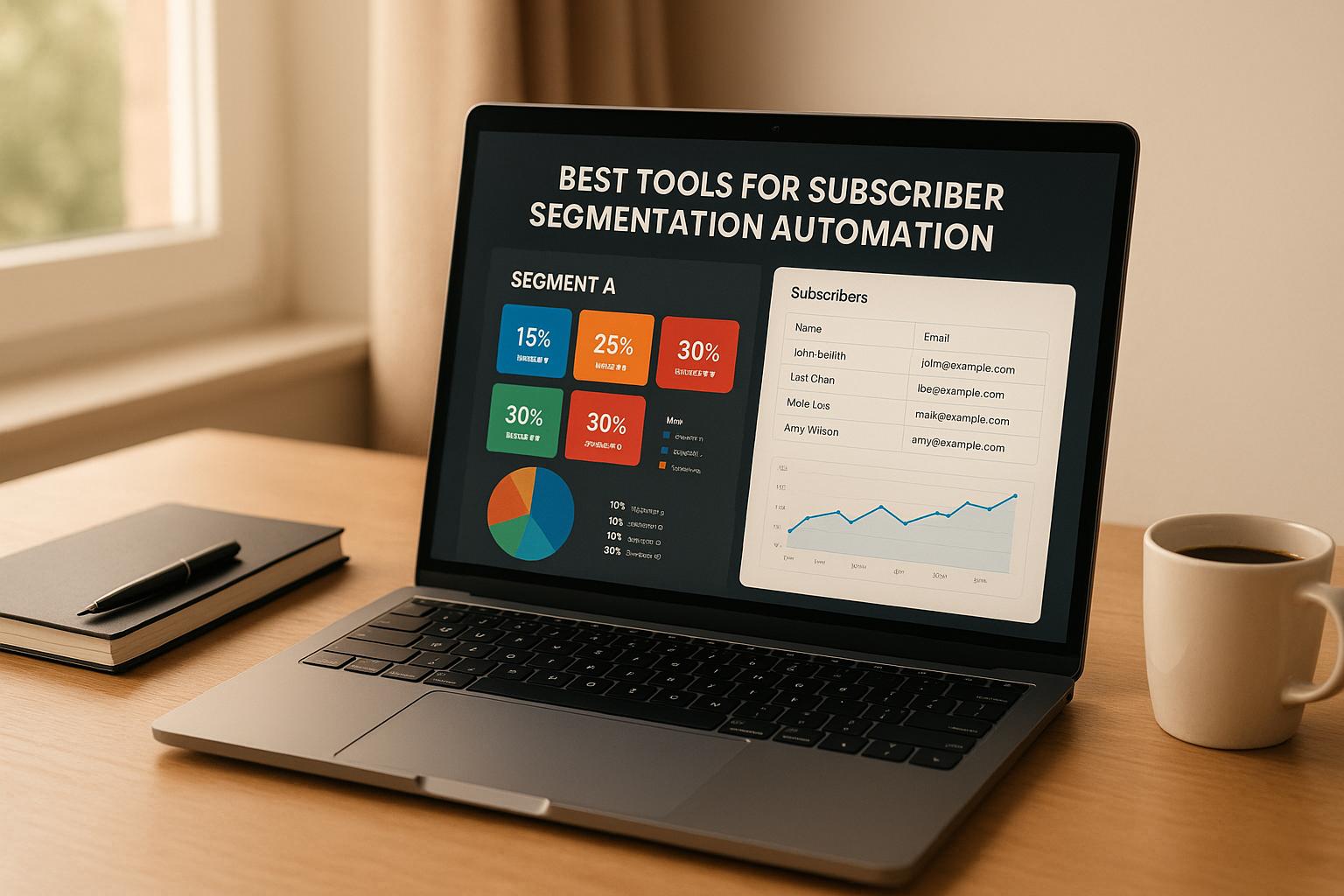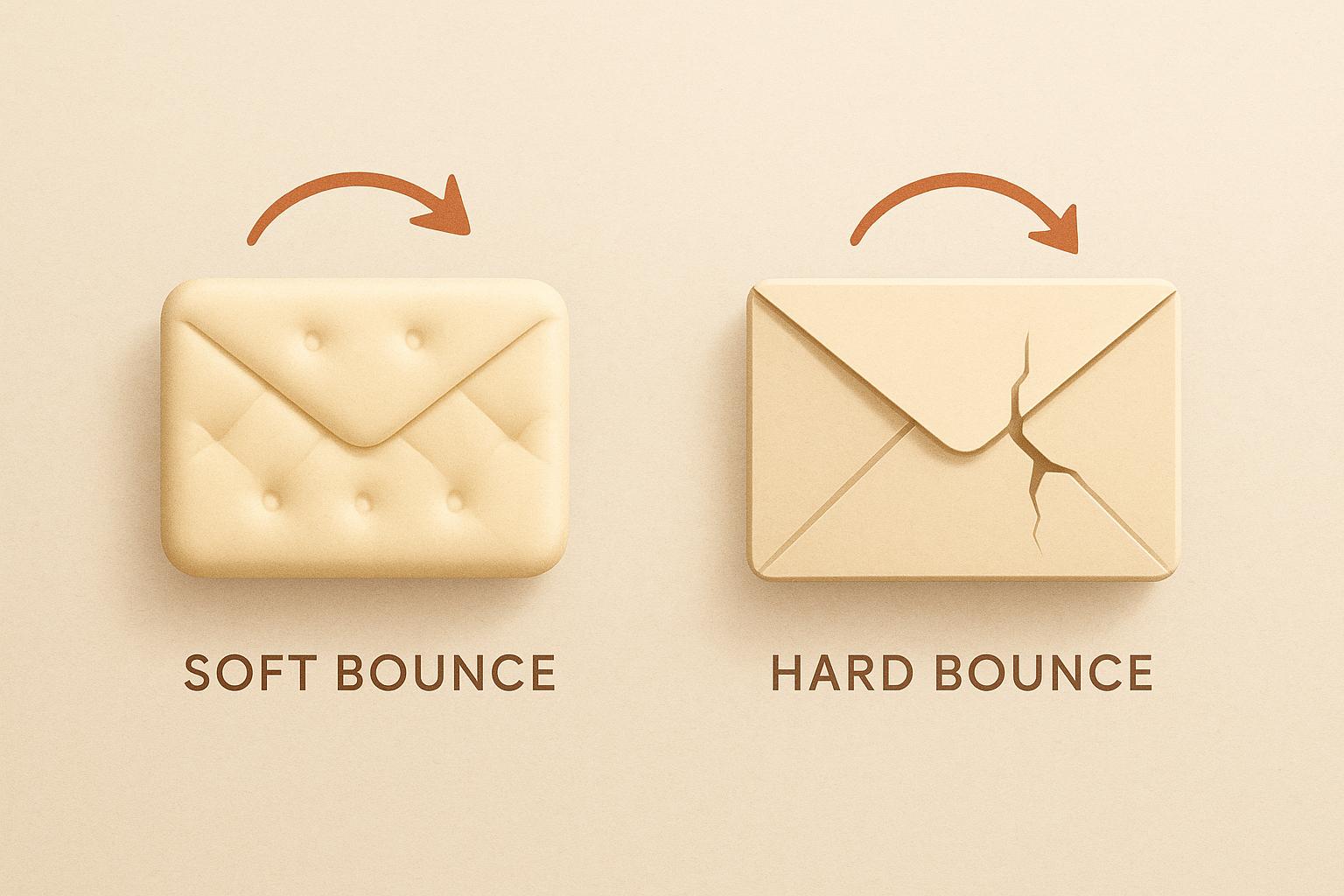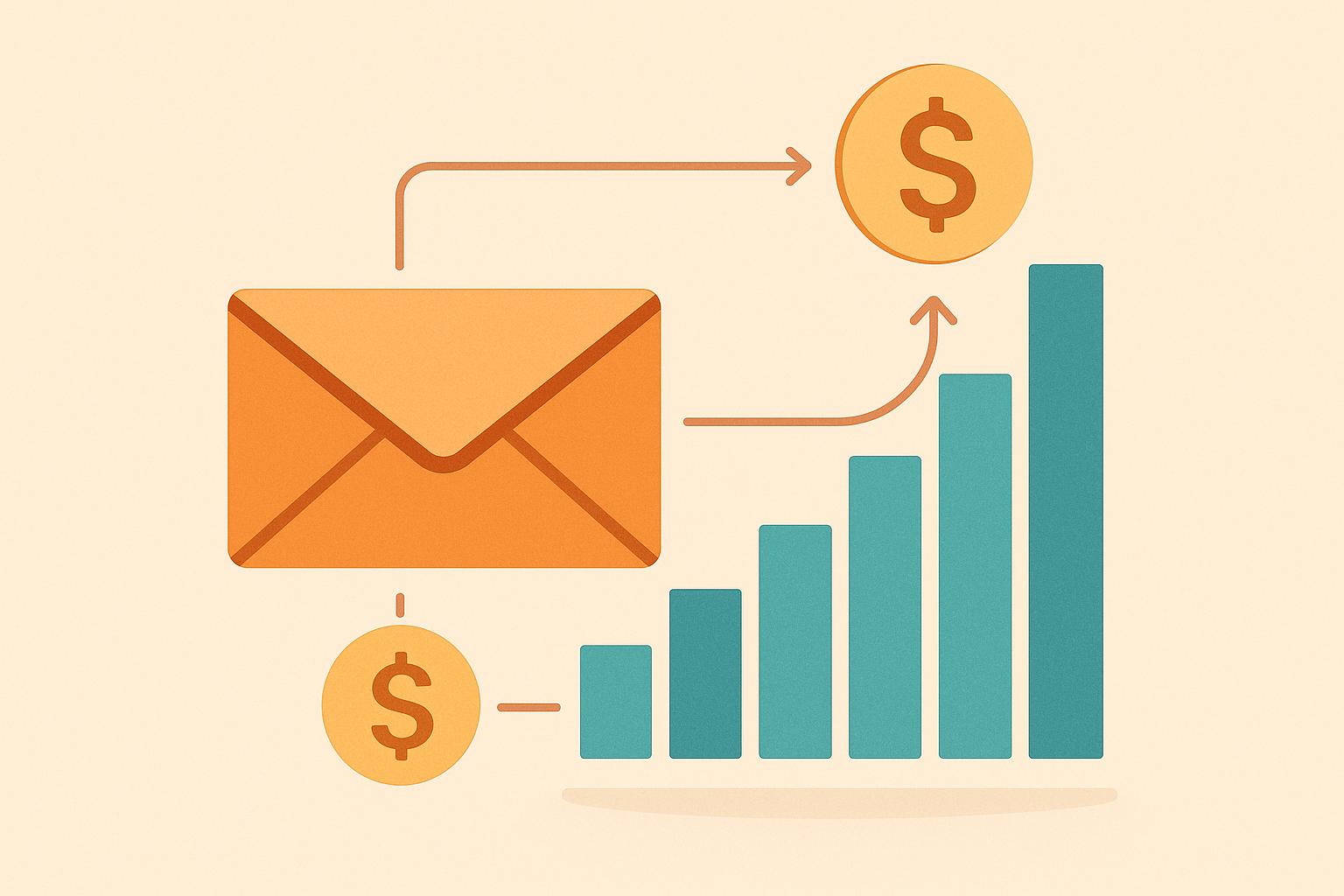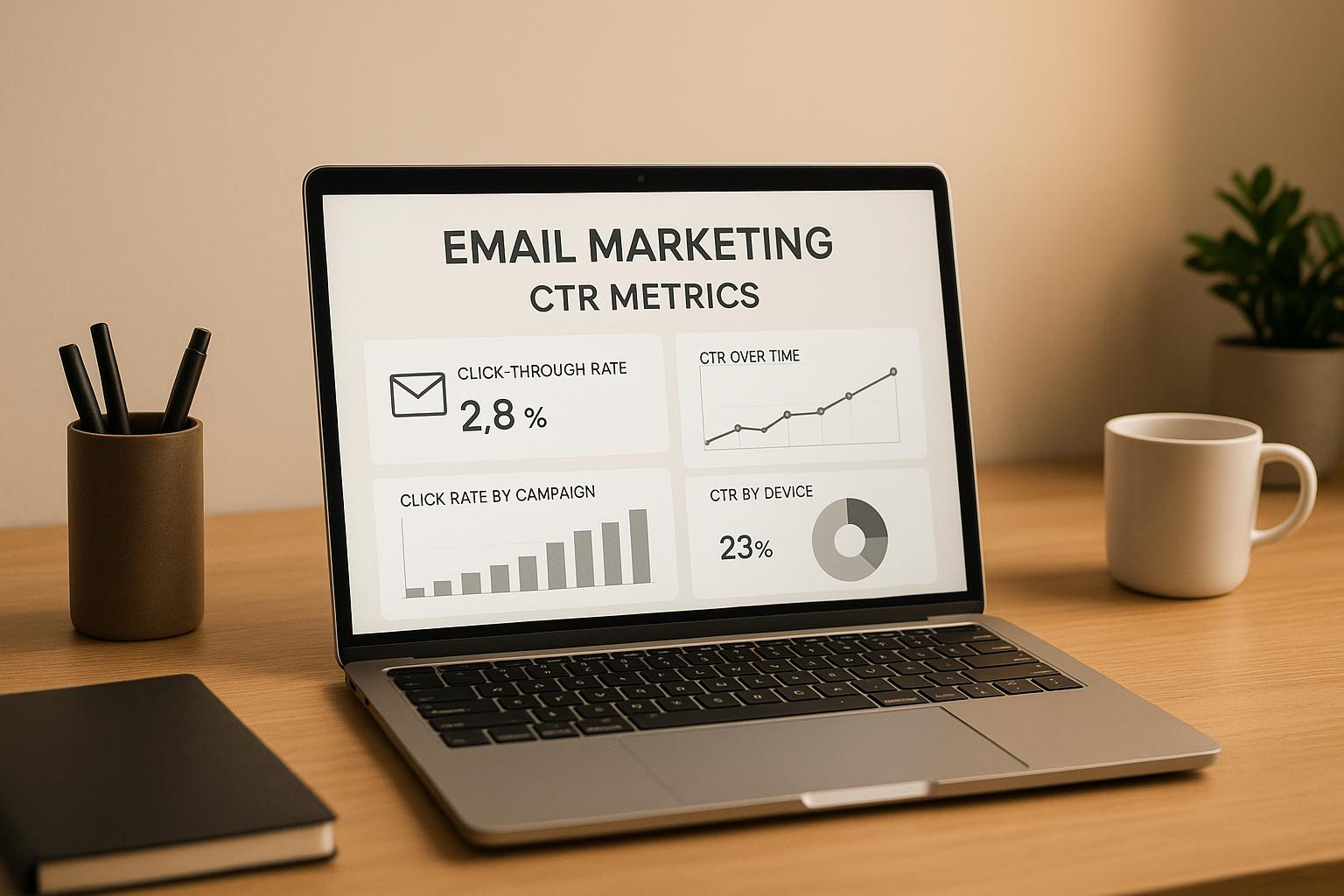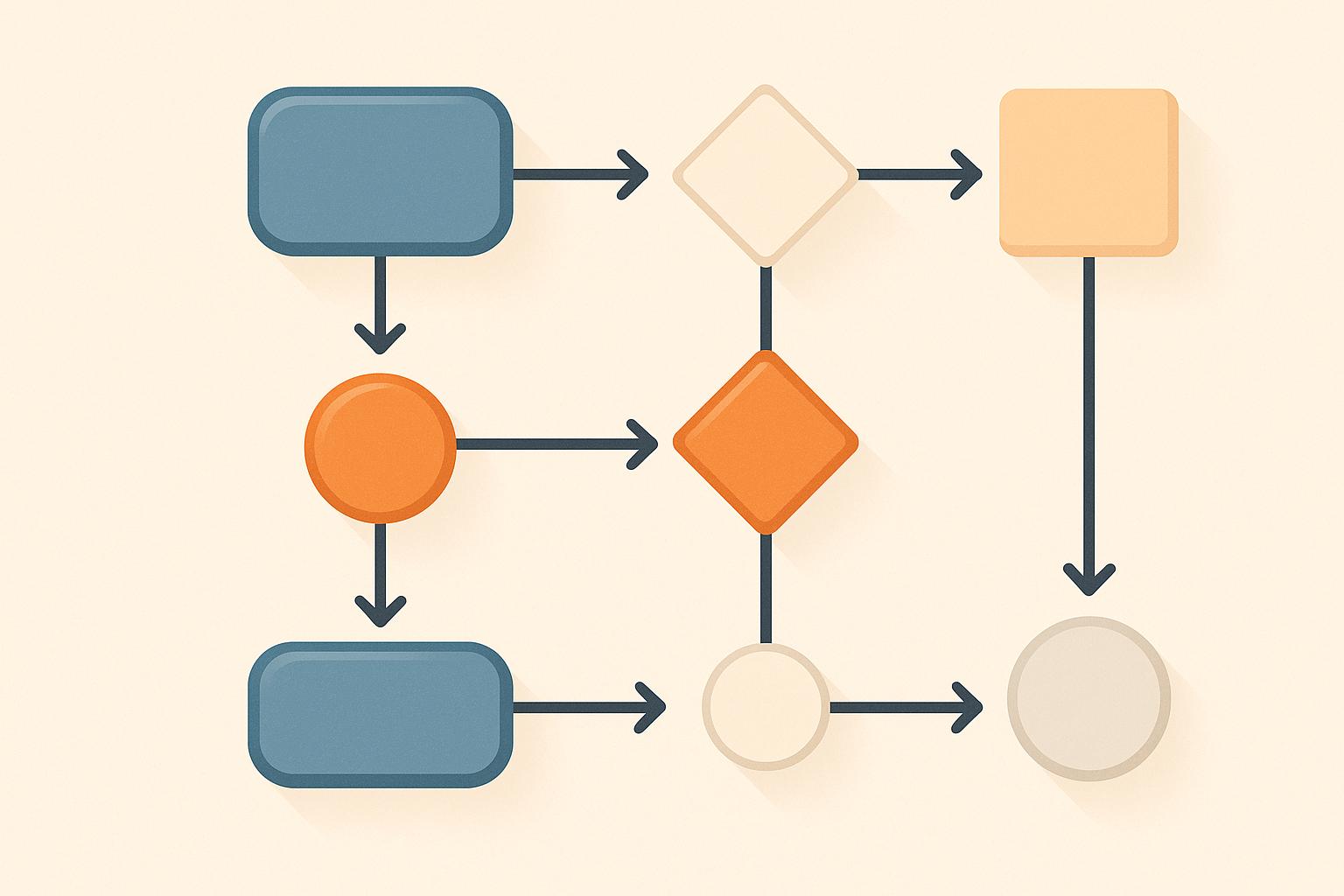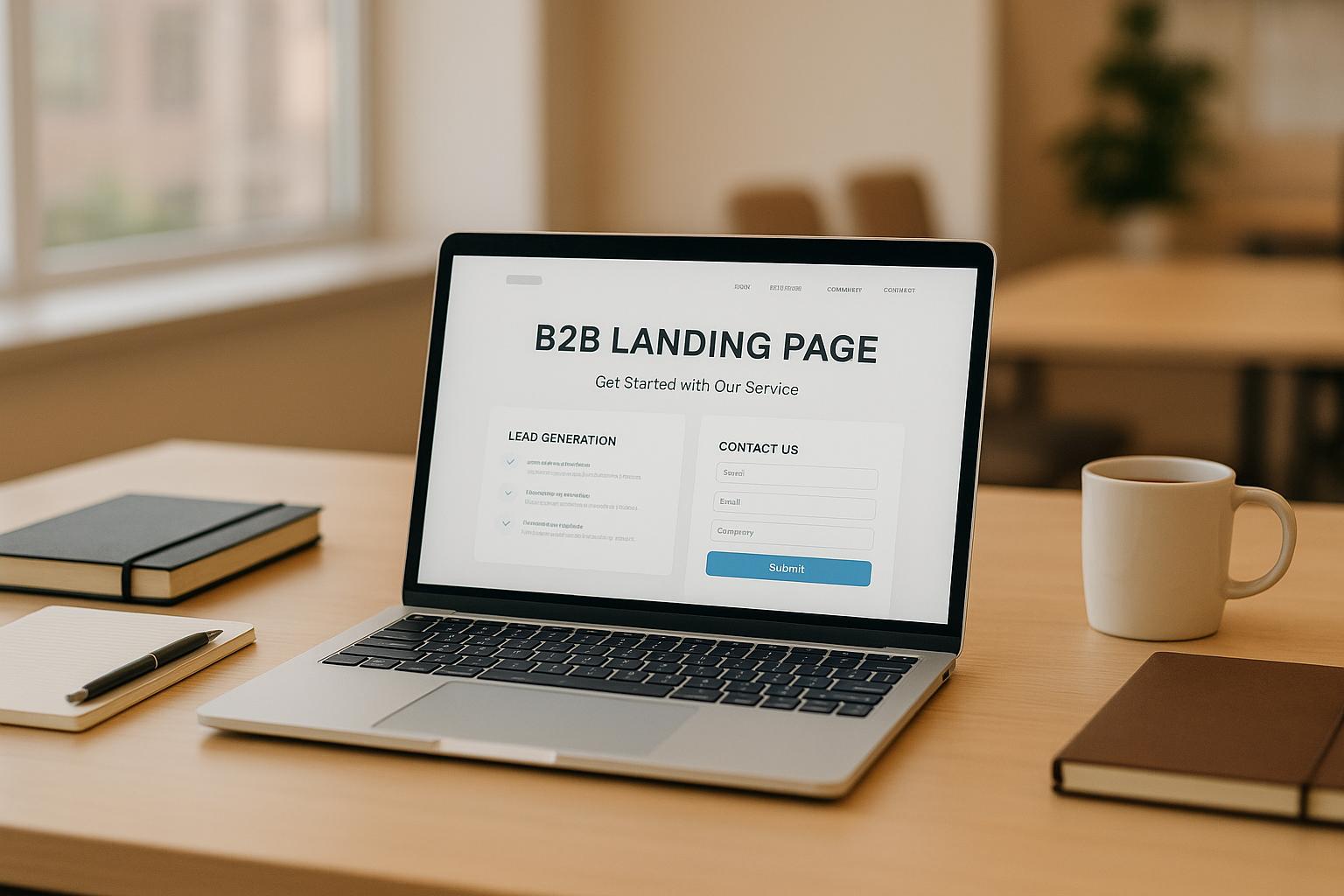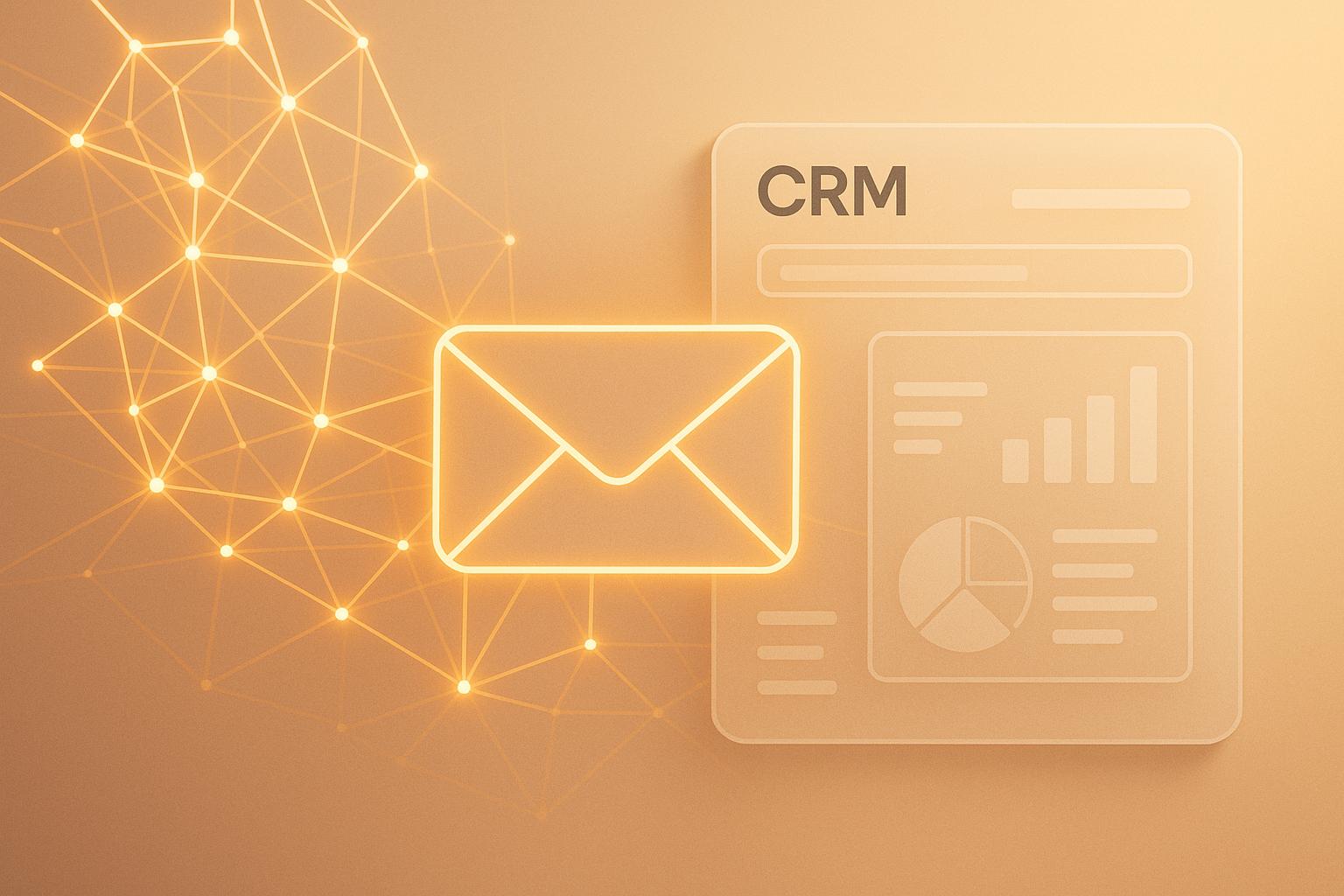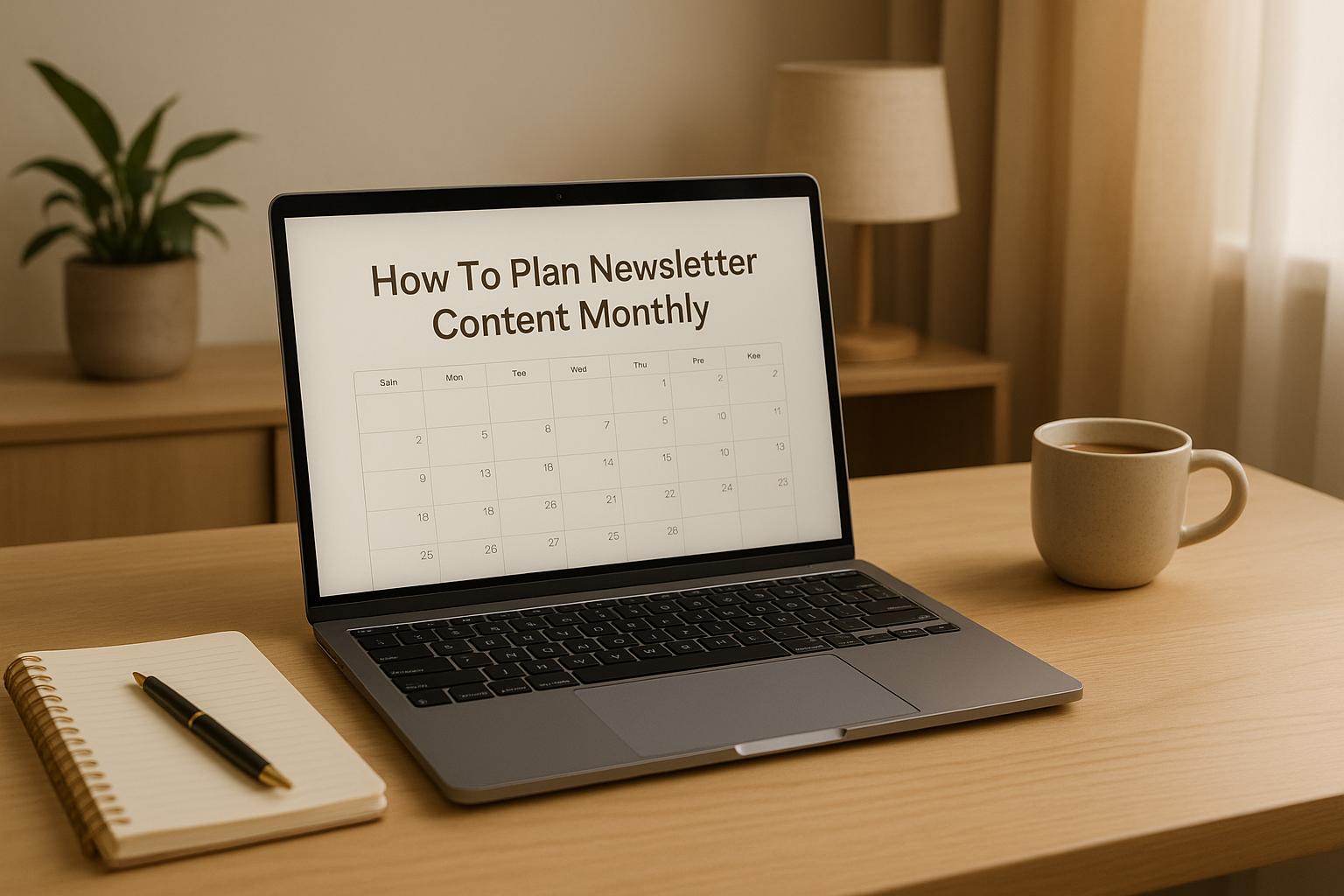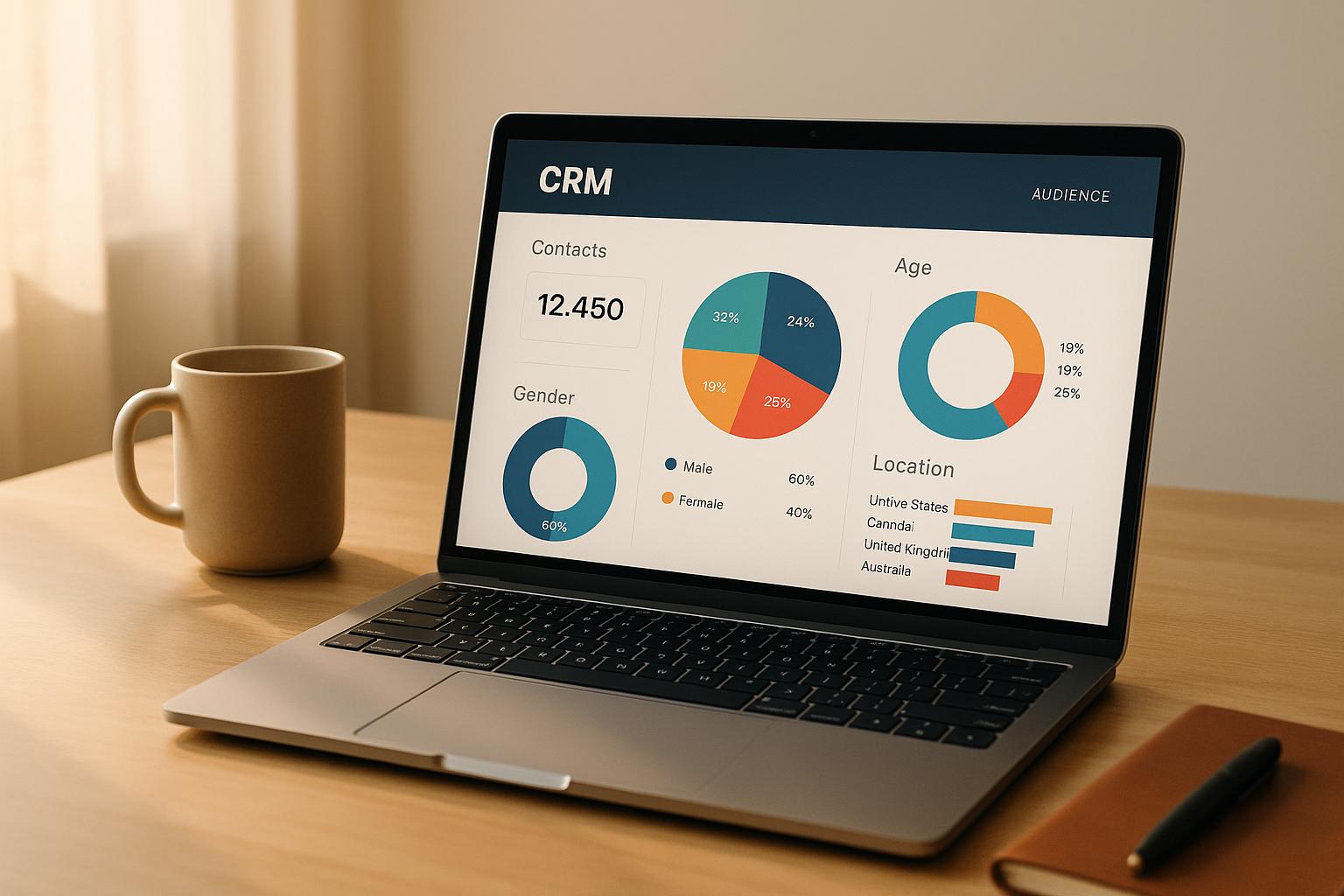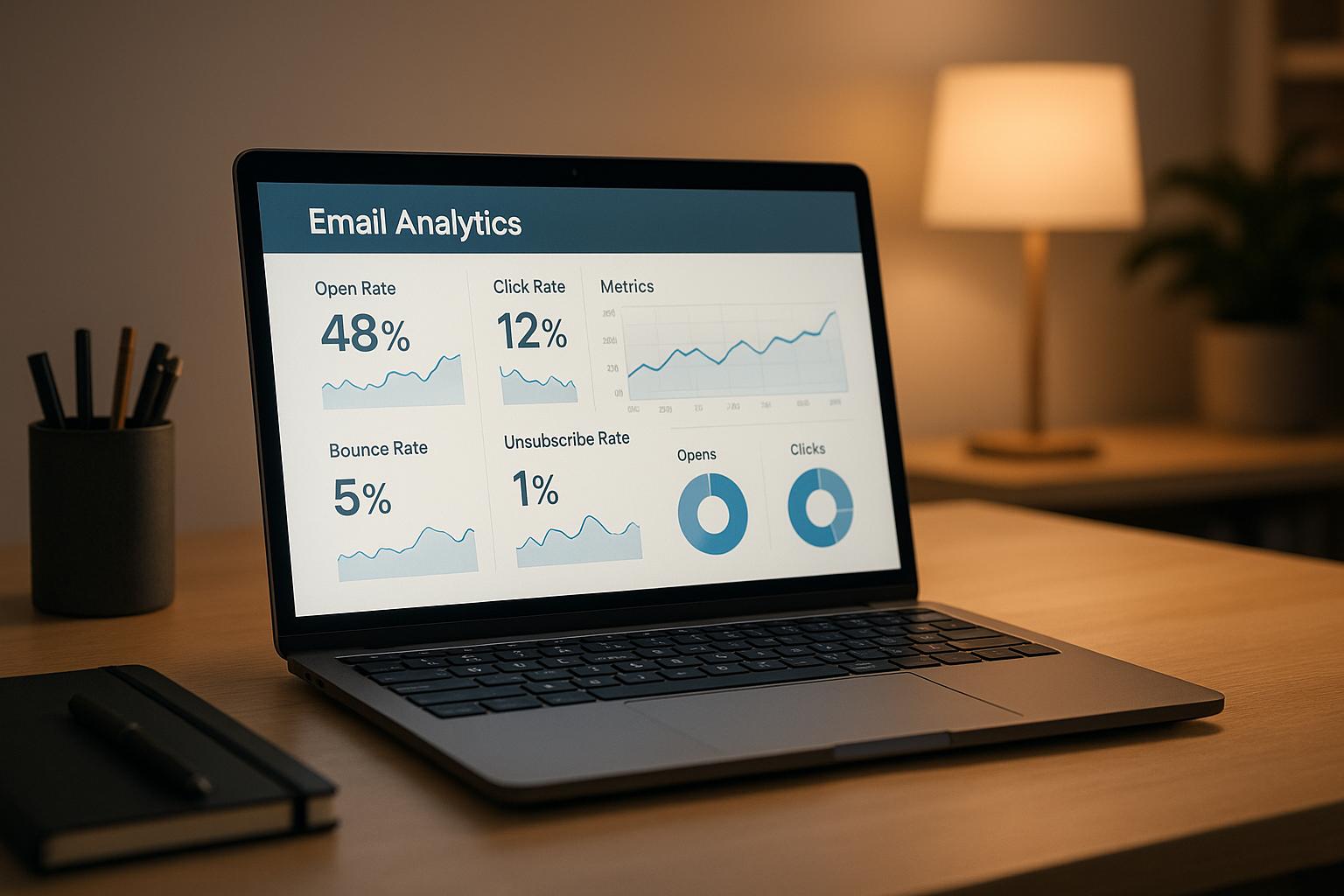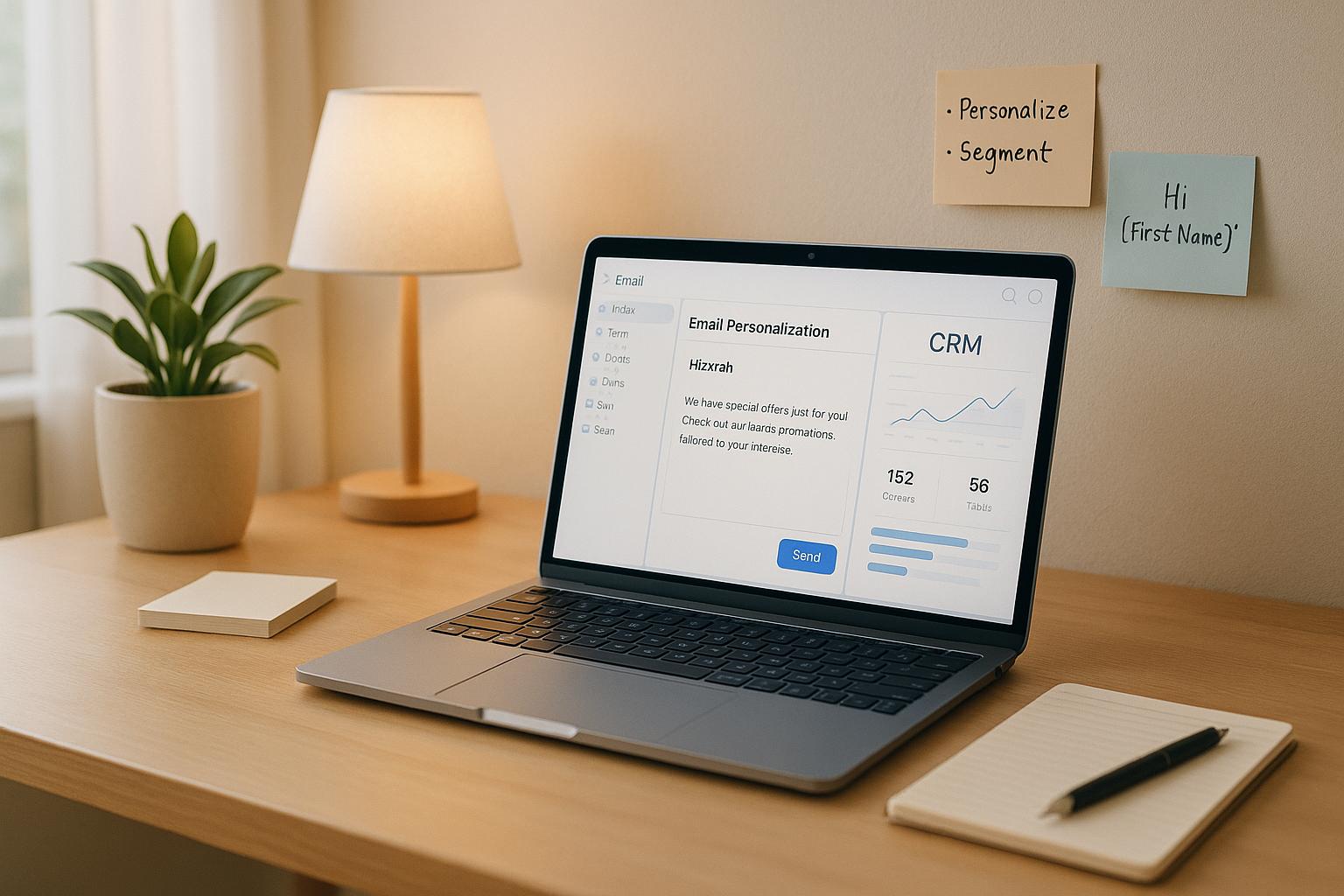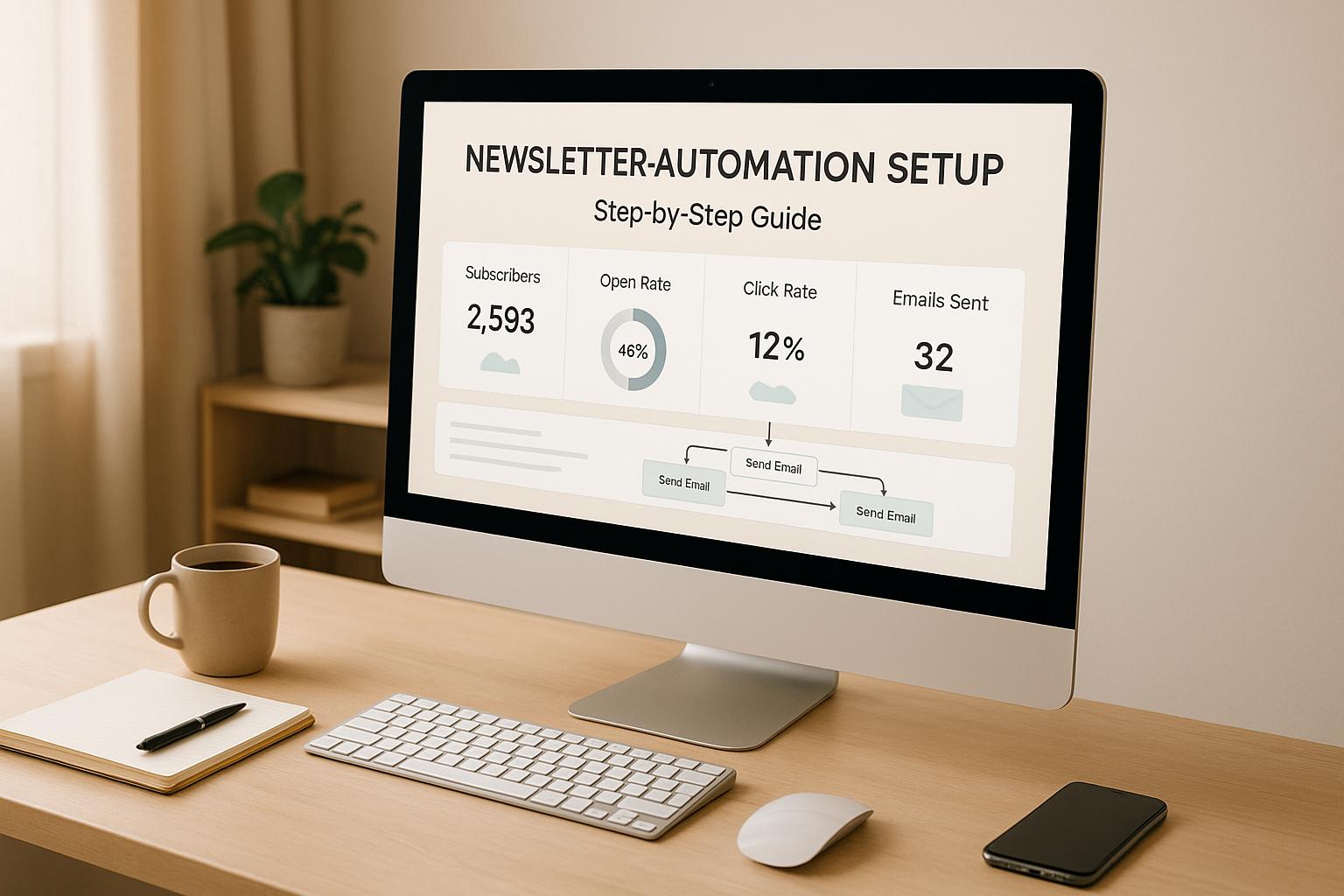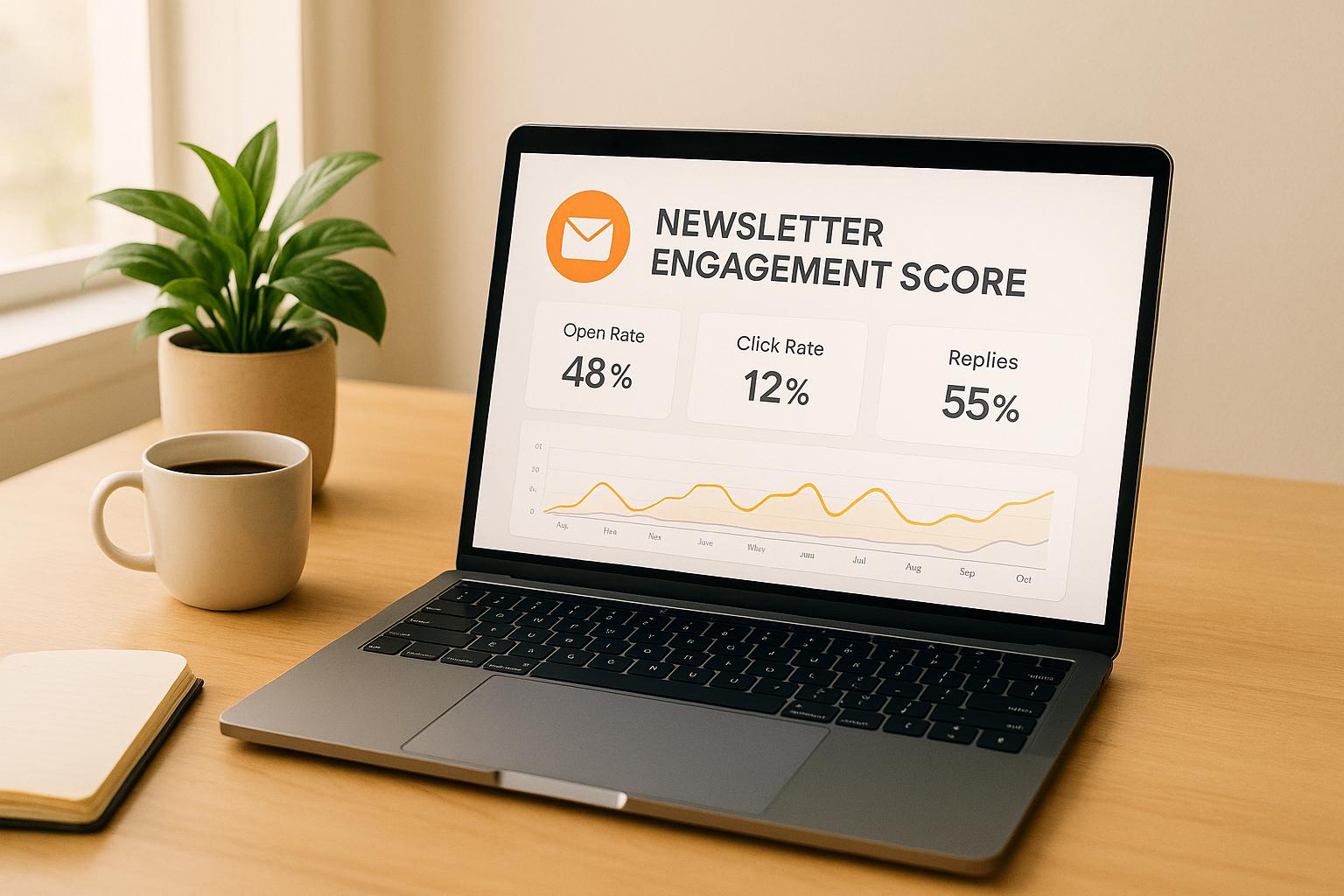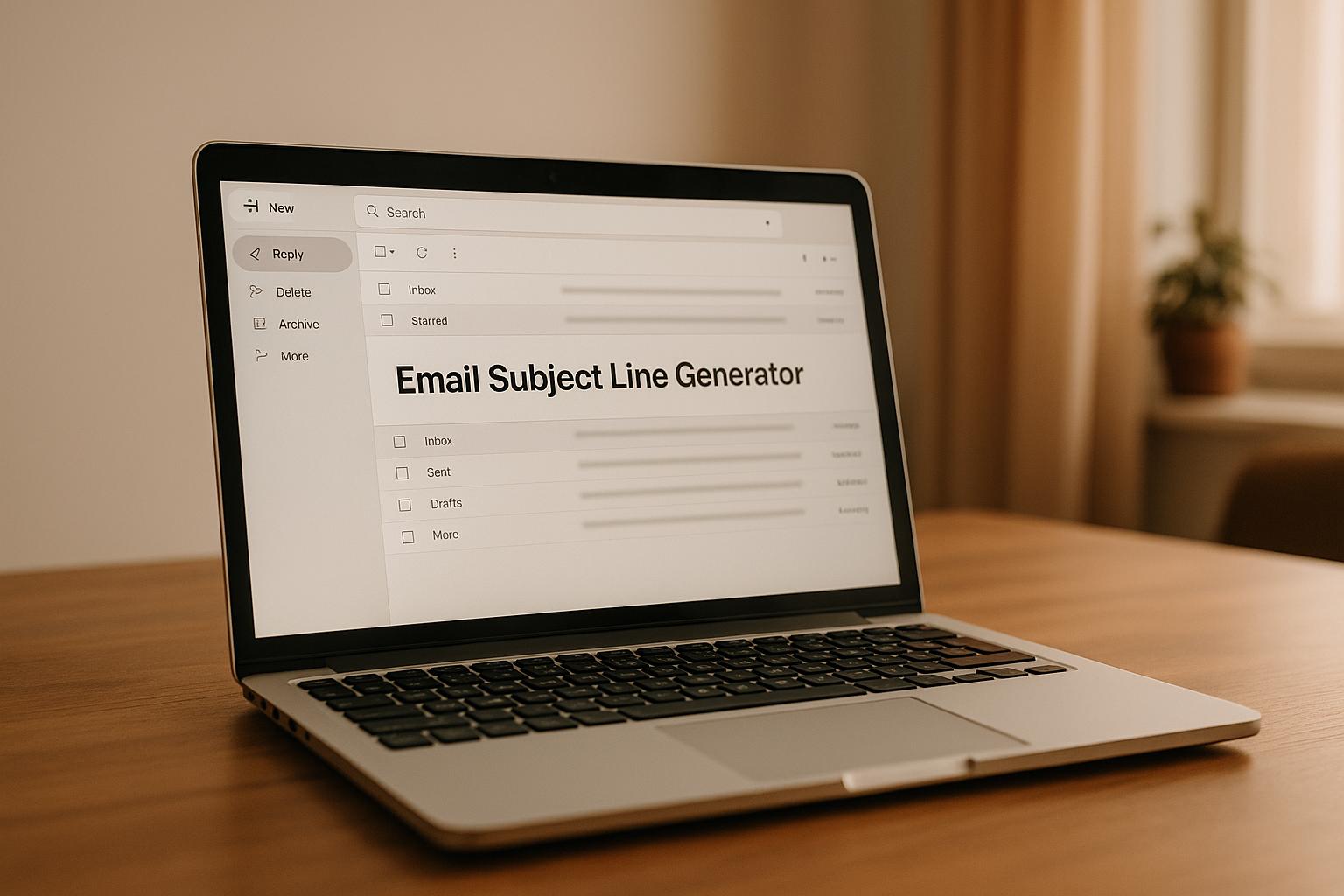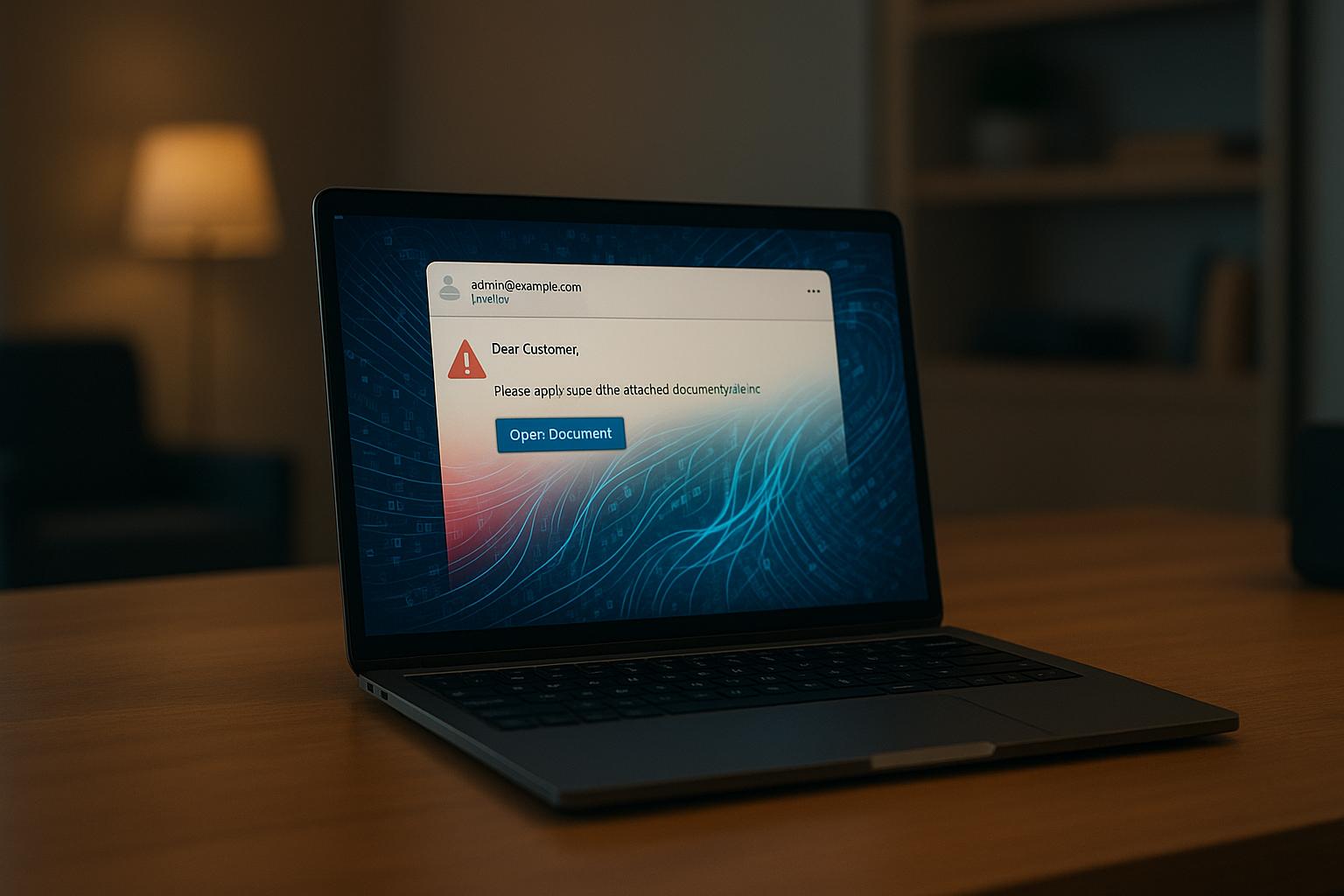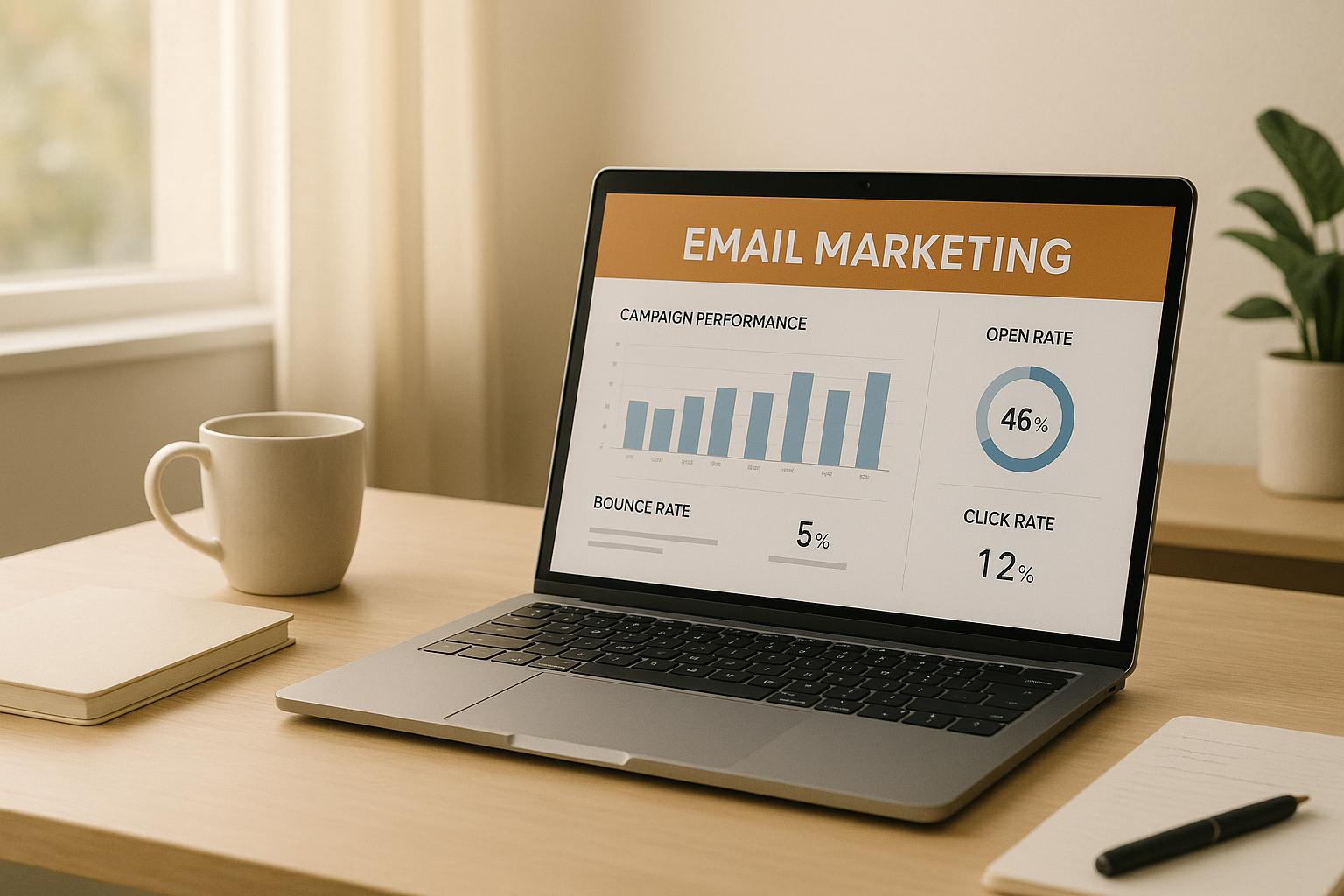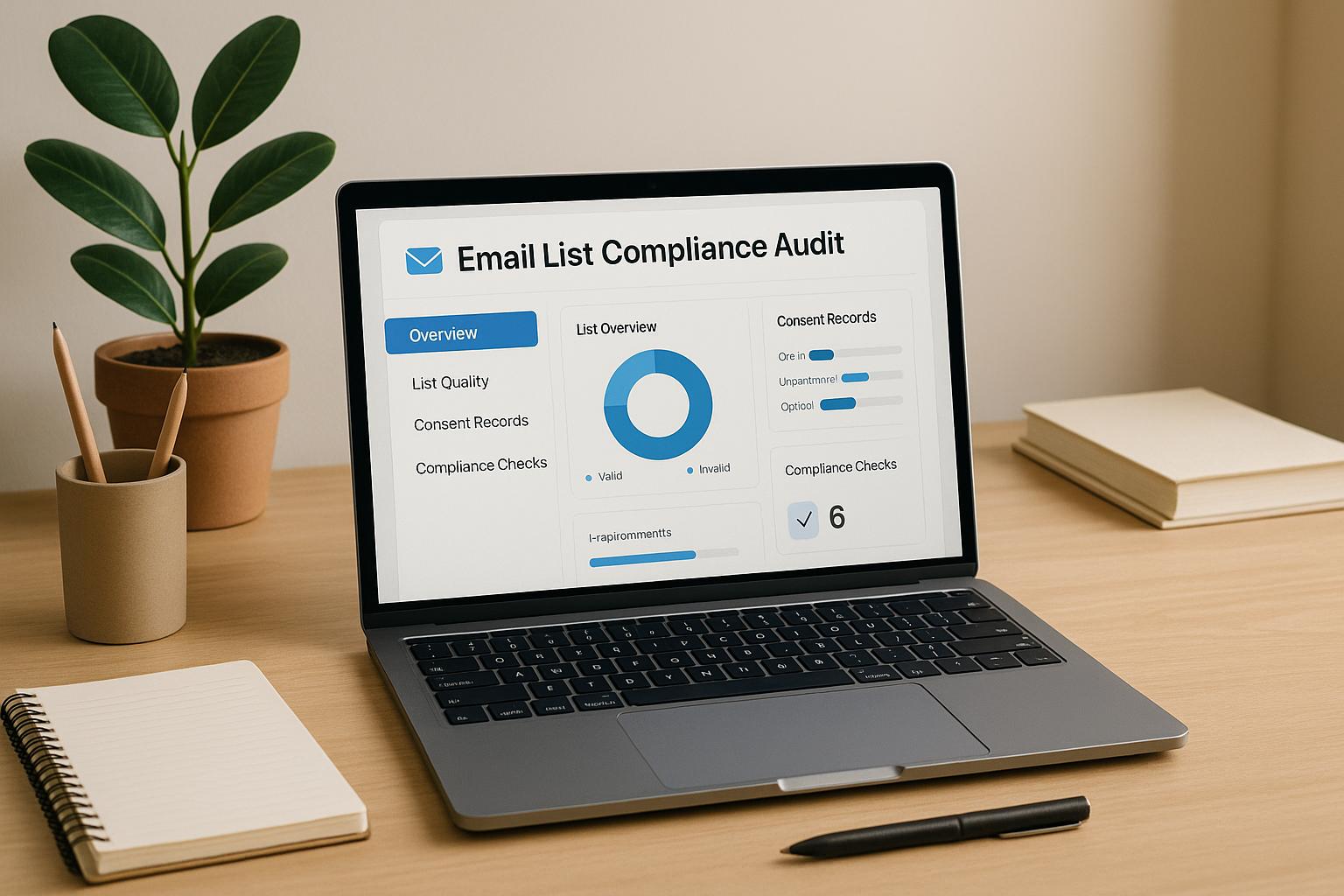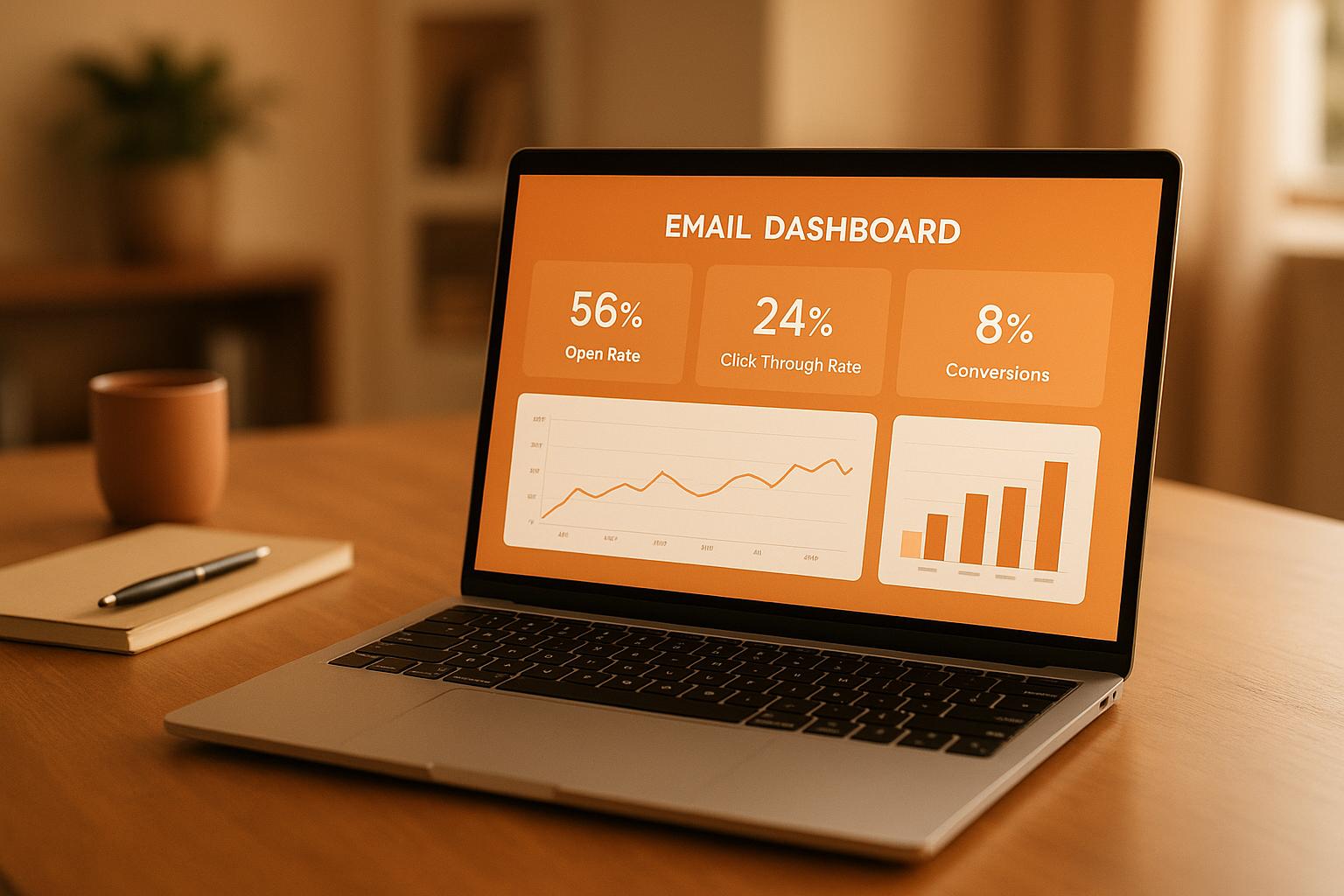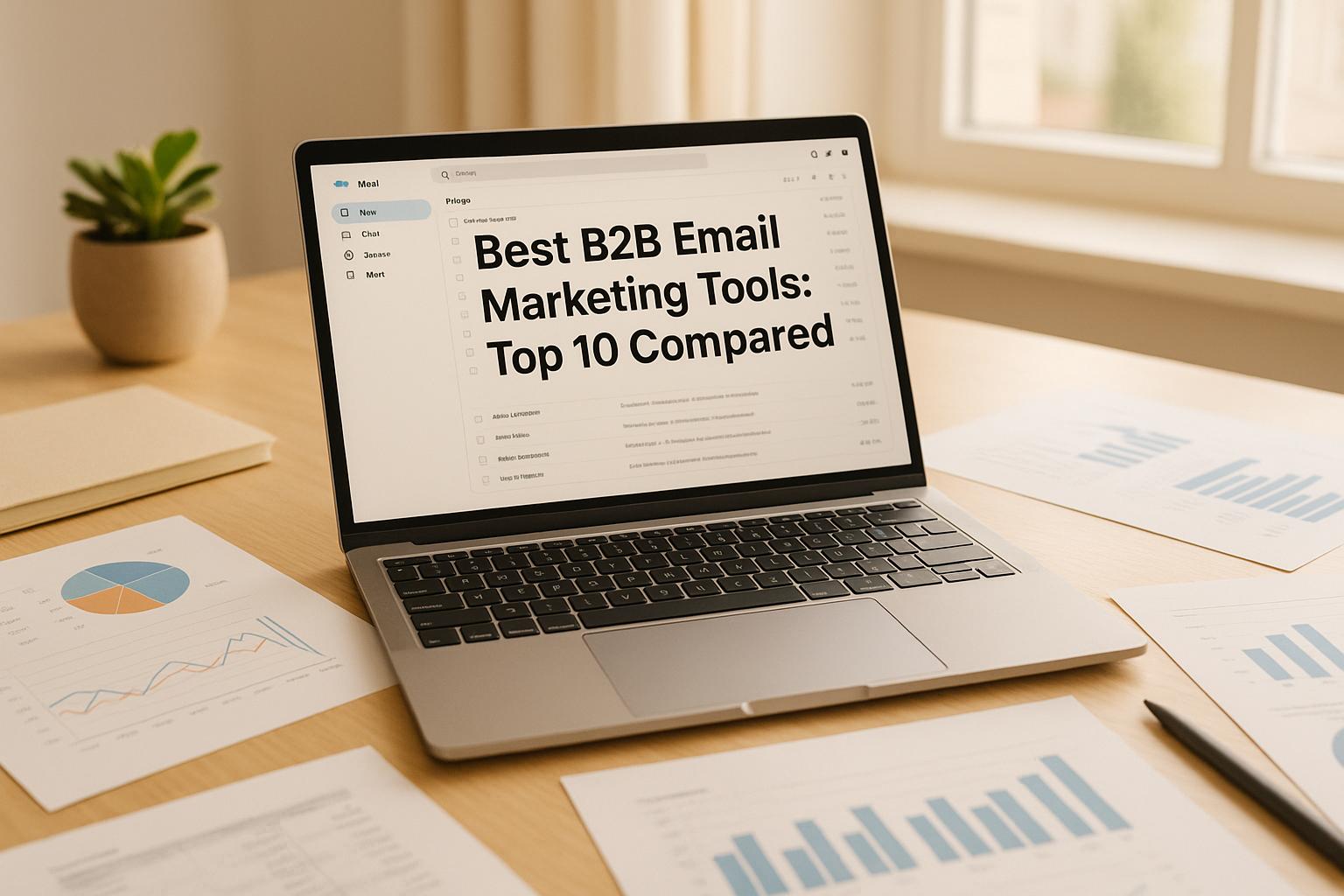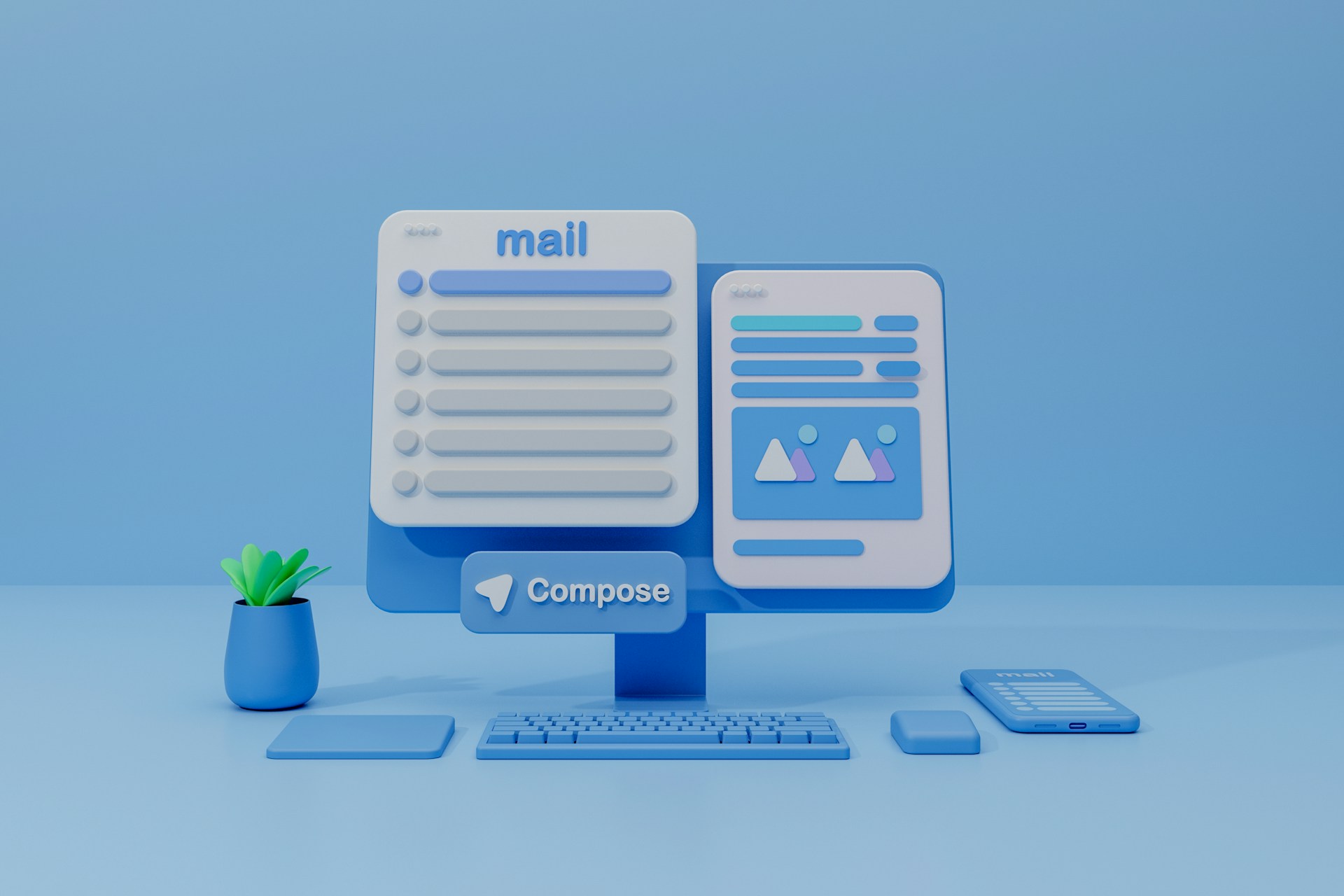Newsletter ROI Calculator: Boost Your Email Marketing Success

If you run a newsletter, understanding its return on investment (ROI) helps you make smarter decisions. A newsletter ROI calculator shows exactly how much value your email list brings to your business. It breaks down your costs and revenue to show the real impact of your newsletter efforts.
Knowing your newsletter’s ROI lets you focus on what works and cut what doesn’t. Having clear numbers guides your marketing strategy. With tools like Breaker, you can grow your B2B subscriber list efficiently. Also track how each subscriber contributes to your bottom line.
Measuring how much revenue each subscriber generates compared to your spending, you can fine-tune your campaigns. This way you get better results and stronger engagement. Read on to learn how to calculate, improve, and maximize ROI from every email you send.
What Is a Newsletter ROI Calculator?
A newsletter ROI calculator measures the real value your email campaigns bring to your business. It compares costs to returns and shows how much profit your newsletter generates. Marketers use this tool to justify spending and improve their email strategy.
It focuses on key numbers like subscriber growth, open rates, and conversions to give you actionable insights. Understanding these metrics helps you decide where to invest time and money for the best results.
Definition and Core Functions
A newsletter ROI calculator estimates the return on investment from your email newsletters. It compares the total cost of creating and sending your newsletter to the revenue generated from leads or sales that come through it.
Key functions include:
- Calculating subscriber acquisition cost
- Measuring engagement metrics like open and click rates
- Estimating sales or leads generated directly from the newsletter
You enter your costs, such as list-building and campaign expenses. The tool then gives you a clear ROI percentage or ratio. This shows whether your newsletter is profitable or needs improvement.
Benefits for Marketers and Businesses
A newsletter ROI calculator helps you make smarter marketing decisions. You know exactly how much money your newsletter makes versus what you spend. This clarity helps when you need to allocate budget, adjust content, or try new growth tactics.
It also helps you identify which audience segments or campaigns deliver the best returns. For example, if a campaign grows your list by 5,000 engaged subscribers a month but costs less than $1.50 per lead, you can scale that tactic confidently. Companies using trusted platforms rely on this insight to boost B2B newsletter growth.
This tool keeps your efforts focused on real results, not just opens or clicks. It measures what truly matters: profit from your newsletter activity.
How to Calculate Newsletter ROI
To calculate your newsletter ROI, look closely at the money you spend and the revenue you earn from your email campaigns. Focus on your costs, the revenue generated, and how your audience reacts. Knowing this helps you make informed decisions and grow your list effectively.
Understanding Return on Investment
Return on Investment (ROI) measures how much profit you get back for every dollar spent. For newsletters, ROI shows if your email campaigns are making money or losing it. It compares your total revenue from newsletter-driven sales to the total newsletter costs.
Calculate ROI as a percentage:
ROI (%) = (Revenue — Cost) ÷ Cost × 100
For example, if your campaign earns $1,000 and costs $200, your ROI is 400%. That means you made 4 times the money you spent.
Measuring ROI shows which campaigns work best and where to put your budget. It’s key if you want to grow your B2B newsletter list and attract quality subscribers.
Step-by-Step Calculation Process
Start by adding up all costs related to your newsletter:
- Email platform fees
- Content creation expenses
- List building and lead acquisition
- Time spent managing the newsletter
Next, track the revenue generated from your newsletter efforts. This may include:
- Sales directly linked to newsletter clicks
- Leads converted from your list
- Cross-sell or upsell revenue
Use tracking links or CRM data to connect sales to your newsletter.
Once you have costs and revenue, use the ROI formula:
- Subtract total costs from total revenue
- Divide by total costs
- Multiply by 100 to get a percentage
This gives you a clear view of your newsletter’s financial impact. Repeat this regularly to spot trends and improve.
Key Metrics and Formulas
Besides ROI, several metrics matter when calculating newsletter value:
- Open Rate: Percentage of subscribers who open your email.
- Click-Through Rate (CTR): Percentage who click links inside.
- Conversion Rate: Percent of clicks that lead to a sale or signup.
- Subscriber Acquisition Cost: Total spent divided by new subscribers gained.
Use these formulas to track impact:
Metric
Formula
Open Rate (%)
(Emails Opened ÷ Emails Delivered) × 100
Click-Through Rate (CTR) (%)
(Clicks ÷ Emails Delivered) × 100
Conversion Rate (%)
(Conversions ÷ Clicks) × 100
Subscriber Acquisition Cost
Total List Building Cost ÷ New Subscribers
Tracking these numbers alongside ROI helps you understand how your campaign elements perform. For example, a high open rate with low conversion may mean your offer needs work.
Essential Inputs for Accurate Newsletter ROI
To calculate your newsletter's ROI effectively, focus on specific data points that show how your list grows, how revenue links to your emails, and how you track your costs. Getting these right means you can make smarter decisions and prove your newsletter’s impact clearly.
Subscriber Growth Data
Track how many subscribers you gain and lose each month. This shows your net growth, which is crucial because a growing list means more opportunities for engagement and revenue.
Focus on quality over quantity. Use metrics like open rates, click-through rates, and engagement to see if new subscribers actually interact with your content. This helps avoid including inactive accounts that can skew your ROI.
With Breaker, you can automate list growth with targeted B2B subscribers, making tracking growth simpler and more reliable. Regularly segment your list by behavior and source to understand which campaigns bring in the most valuable contacts.
Revenue Attribution Methods
Link revenue directly to your newsletter efforts. Use tracking codes or unique URLs to connect sales to specific email campaigns. This shows which newsletters lead to actual purchases.
If you sell products or services, calculate the average sale value from newsletter leads. Then multiply by the number of conversions driven by your emails to estimate total revenue.
Consider multitouch attribution, which spreads credit across several touchpoints, not just the last click. This method works better for newsletters, since readers often engage multiple times before buying.
Cost Tracking Best Practices
Keep detailed records of all newsletter-related expenses. Include platform fees, content creation costs, design, and any other tools you use for email marketing.
Calculate your subscriber acquisition cost by dividing your total spend by the number of new subscribers. Their pricing at about $1.50 per lead makes this step straightforward.
Factor in time costs if you have a team managing your newsletter. Accurate cost tracking ensures your ROI reflects true profitability, not just raw numbers.
Popular Newsletter ROI Calculator Tools
Knowing which tools help you measure newsletter ROI improves your campaigns. Some calculators focus on detailed metrics, while others automate calculations for quick insights. Understanding their strengths and weaknesses helps you pick the right option for your needs.
Comparison of Leading Tools
Most ROI calculators let you enter data like open rates, click rates, and revenue per subscriber. Some provide a step-by-step process to calculate total return, while others offer customizable inputs for more accurate forecasts.
Simple tools give you quick answers, but may miss complex factors like subscriber quality or long-term value. More advanced calculators integrate with your email platform to pull real data, reducing guesswork.
If you want ease and automation, reliable platforms include ROI features built into their newsletter growth engine. This way, you track return without switching between multiple tools.
Feature
Basic Calculators
Automated Tools
Data Input
Manual
Automatic
Accuracy
Moderate
High
Ease of Use
High
Very High
Integration with Email
None
Built-in
Pros and Cons of Automated Calculators
Automated ROI calculators save you time by using real campaign data directly from your email system. These tools can measure things like subscriber growth, lead quality, and revenue more accurately than manual entries.
Automated tools depend on clean data and proper setup. Errors in list segmentation or tracking can skew results. Some platforms might limit customization, forcing you to rely on their formula.
Using automated features in a tool lets you focus on growing your list and engagement, while the system estimates ROI behind the scenes. Keep your campaign and subscriber data up to date for the best output.
Tips for Maximizing Newsletter ROI
To get the most from your newsletter, focus on clear improvements to your campaigns and use your audience data wisely. Small changes in messaging and targeting can lead to higher engagement and better returns.
Improving Campaign Effectiveness
Track key metrics like open rates, click-through rates, and conversions. Use A/B testing to try different subject lines, send times, and content formats. For example, test a question in the subject versus a straightforward statement to see what grabs attention best.
Keep your content focused on value. Share useful tips, case studies, or exclusive offers that align with your audience’s needs. Avoid long emails; stick to 2-3 short sections with bold headlines. This makes it easier for readers to scan and act.
Use clear calls to action. Tell readers exactly what to do next—whether it’s downloading a guide, signing up for a webinar, or contacting you. Strong CTAs drive more click-throughs and better ROI.
Leveraging Segmentation and Personalization
Divide your list into smaller groups based on job role, industry, company size, or engagement level. This lets you send targeted messages that match each group’s interests. For instance, a SaaS founder will get different content than a marketing consultant.
Personalize your emails beyond just the name. Use dynamic content blocks to show relevant case studies or products based on past behavior. Emails that feel tailored tend to boost open and click rates.
Segmenting also helps reduce unsubscribes. When readers get content that fits their needs, they stay engaged longer. Platforms automate list-building and segmentation to save you time while improving results.
Using these strategies, you can drive better subscriber growth and see a strong return on your newsletter efforts.
Know Your Numbers. Grow Your Results.
A newsletter ROI calculator gives you more than just a number—it gives you control. By understanding how much your email strategy earns (and costs), you can double down on what works and cut the rest.
The key is consistent tracking, clean data, and a list that delivers real revenue. Platforms like Breaker help you grow with verified B2B subscribers, so your ROI isn’t just higher—it’s predictable.
Start growing your list today with smarter leads.
Frequently Asked Questions
Understanding the key factors that affect your email marketing returns helps you make smarter decisions. Measuring growth, engagement, and revenue accurately lets you optimize campaigns and find what truly moves the needle.
How do you determine the return on investment for email marketing?
Calculate ROI by dividing the revenue generated from your email campaigns by the total cost of running those campaigns. Then, multiply by 100 to get a percentage.
For example, if your newsletter brought in $5,000, and you spent $1,000, your ROI is (5000 ÷ 1000) × 100 = 500%.
What are the essential metrics to consider when calculating email campaign profitability?
Key metrics include open rate, click-through rate, conversion rate, and average order value. Also, factor in subscriber acquisition cost and unsubscribe rate.
Tracking these numbers helps you see if your list is growing with engaged readers who turn into customers.
Can you explain the steps to gauge the financial success of newsletter campaigns?
First, track total revenue linked to your campaign, including sales and leads. Then, add up your total spending, like software, design, and time.
Compare these figures to see if your campaign earns more than it costs. Trusted tools can simplify tracking subscribers and costs automatically.
Is there a simple method to assess the effectiveness of email marketing strategies?
Yes. Focus on revenue per subscriber and subscriber growth rate. If you see steady or rising revenue combined with an expanding list, your strategy works.
Low engagement or stagnant revenue signals it’s time to tweak your approach.
What benchmarks indicate a successful email marketing ROI?
A good ROI often means you’re earning at least 3 to 5 times what you spend. In B2B newsletters, leads that cost around $1.50 each can deliver 10X returns.
These numbers vary, but strong growth and positive returns usually mean you’re heading in the right direction.
How can the ROI of an email marketing campaign be improved?
Grow your list with the right audience and boost engagement to improve ROI. Segment your subscribers, personalize content, and use automation to save time.
Platforms like Breaker automate list-building and target high-value B2B subscribers, increasing ROI and campaign efficiency.


